Postcard from Le Marche: Ascoli Piceno
Postcard from Le Marche: Ascoli Piceno
A wonderland of Roman and medieval architecture, Ascoli Piceno is one of Italy’s most fascinating and well-preserved ancient cities. Its historic core has been immortalized in the sedimentary splendor of Travertine quarried from local provincial caves, while the rest of the city envelopes its antique center within the maze-like folds of its narrow streets, hidden courtyards and secret vantage points.
A mystical and ancient city perched adjacent to the Sibillini Mountains, its first signs of human civilization can be traced back to people living in the Ascoli Piceno area in the Paleothic age of the Prehistoric era. The city’s name derives from an important Italian historical legend that refers to both the Greek Pelasgi people and the Sabine people. The name Ascoli was first thought to have derived from the Greeks that immigrated to the area under the leadership of the king Aesis. The Sabine people are said to have settled in the area during a celebratory procession for their pagan “sacred spring season”, when they were visited by a woodpecker sent by the god Mars. The bird led the people to a strategically located hilltop surrounded by a natural gorge and rugged mountains, which they named Picenem. In the late 200s BC Picenum fell under Roman rule while Ascoli remained independent. Eventually the neighboring cities would be referred to by the Romans as Ascolum Picenum. Overtime, the community has also earned the nickname “The city of 100 towers” as a result of the tremendous medieval structures that have dominated its skyline since the 700s. An amazing total of 82 towers were built within the short span of 28 years, powerfully symbolic reminders of the age old feuds that transpired between Ascoli Piceno’s most prominent rivaling families.
MAIOLICA
Maiolica is a form of Italian tin glazed pottery that dates back to the Renaissance period. The first Maiolica Ascolana emerged during the 1400s, when the city was home to a large community of artists that specialized in creating the highly coveted ceramic. Today there still remains a thriving community of artisans from around the world that have chosen Ascoli Piceno as the setting for dozens of “laboratori” where you can catch a glimpse of the artists at work and learn more about their creative process. The one of a kind ceramic typically boasts bright colors with vibrant city scenes, historical events and regional legends. Ascoli Piceno is considered to produce some of the finest examples of Italian Maiolica.

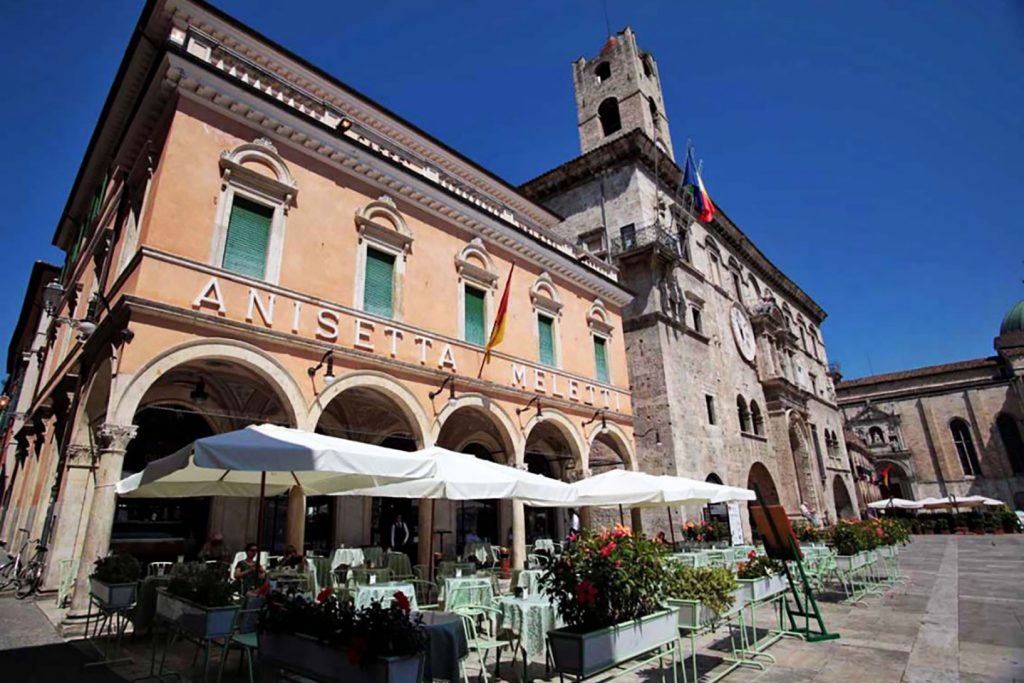
ROMAN BRIDGE OF SOLESTÀ
Built during the Augustan age, this impressive specimen of Roman engineering is one of the most well preserved Roman bridges found in Europe. Throughout the years there has been a consistent focus placed on renovating the face of the bridge and to conserve the integrity of the structure, which has helped to preserve the bridge from falling into decay. Fully constructed of Travertine stone, the bridge follows the traditional concrete-free convention of ancient Roman bridge building. The stones are positioned in such a way that their weight and configuration ensure that the stones connect in the most efficient manner and distribute weight properly. The bridge connects the center of the city with the neighborhood of Porta Cappuccina, which is naturally separated from town by the river Tronto that flows beneath. Measuring 62 meters long and 25 meters tall, the bridge is quite impressive for the time in which it was built. What is perhaps considered most impressive about the Ponte Romano di Solestà is its hidden corridor that runs along the inside of the bridge and is only accessible from a nearby building. Originally built to protect Romans in times of war, individuals could use the inside corridor to safely cross from the center of town to neighborhoods across the river, without detection. The hidden corridor is still sometimes opened up during times of celebration when the citizens of Ascoli Piceno can retrace the footsteps of their ancestors with a hidden promenade to Porta Cappuccina.
ARCHEOLOGICAL MUSEUM
Ascoli Piceno’s extraordinary archeological museum is housed in the 16th century Palazzo Panichi and displays artifacts from Ascoli’s civic collection as well as finds from recent excavations including from the nearby Necropolis of Salino and Monteprandone. The museum is divided into 3 sections: the Prehistoric era, the Bronze age and the Roman era, including important examples of Roman mosaic work. A special feature of the museum is the Piceni room, which is set to reopen in December 2010 and will feature intriguing artifacts from the Piceni tribe dating back to the 6th century BC.

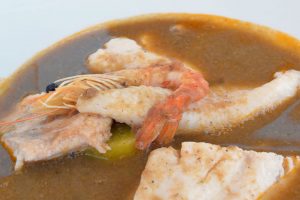
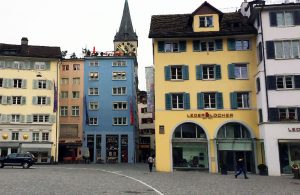
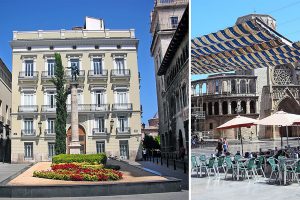
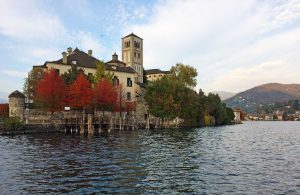
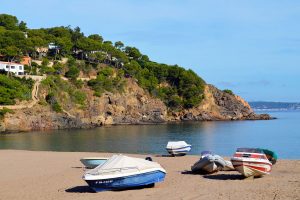
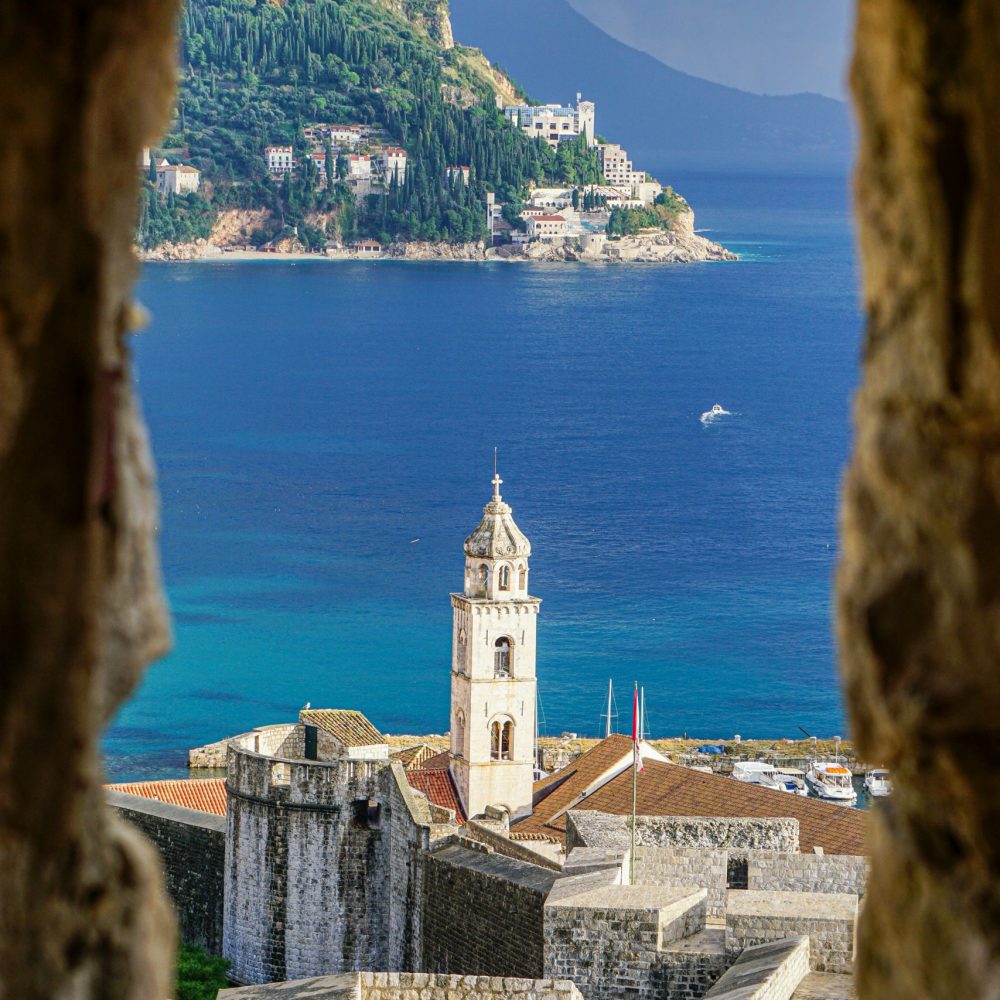
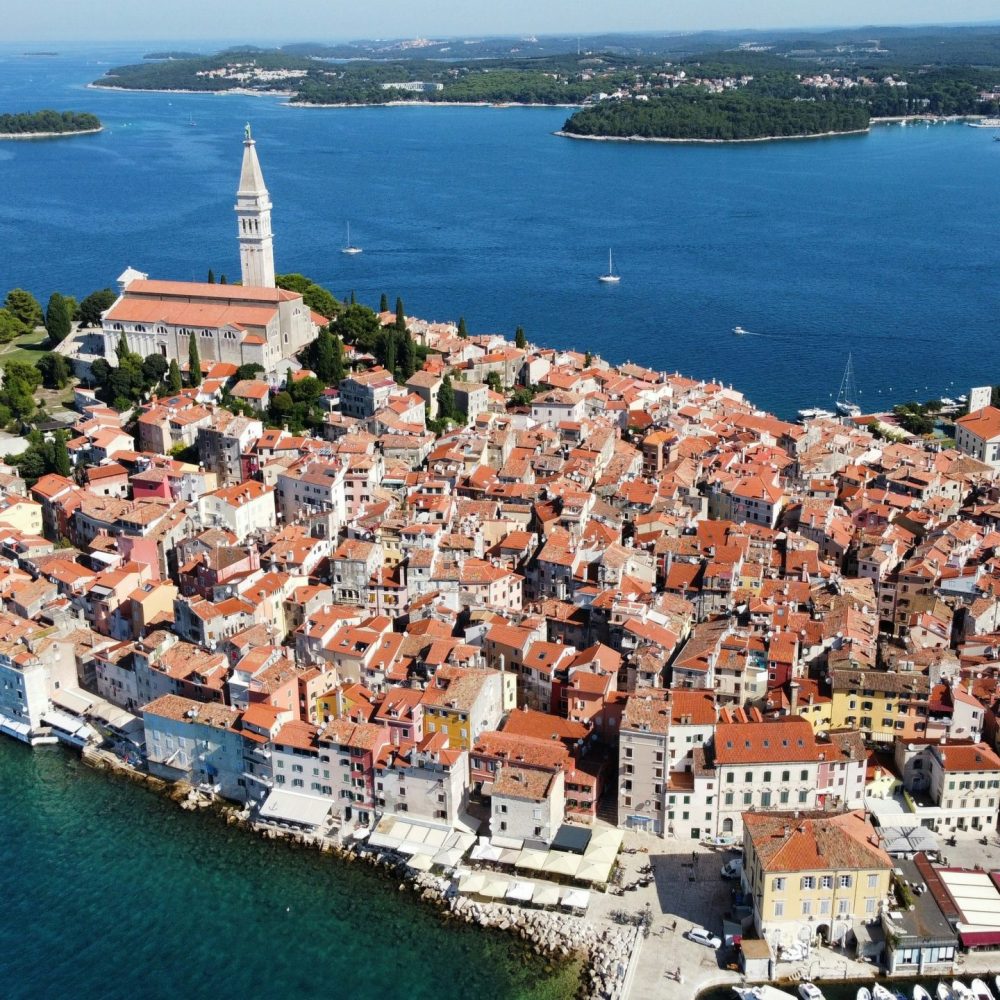

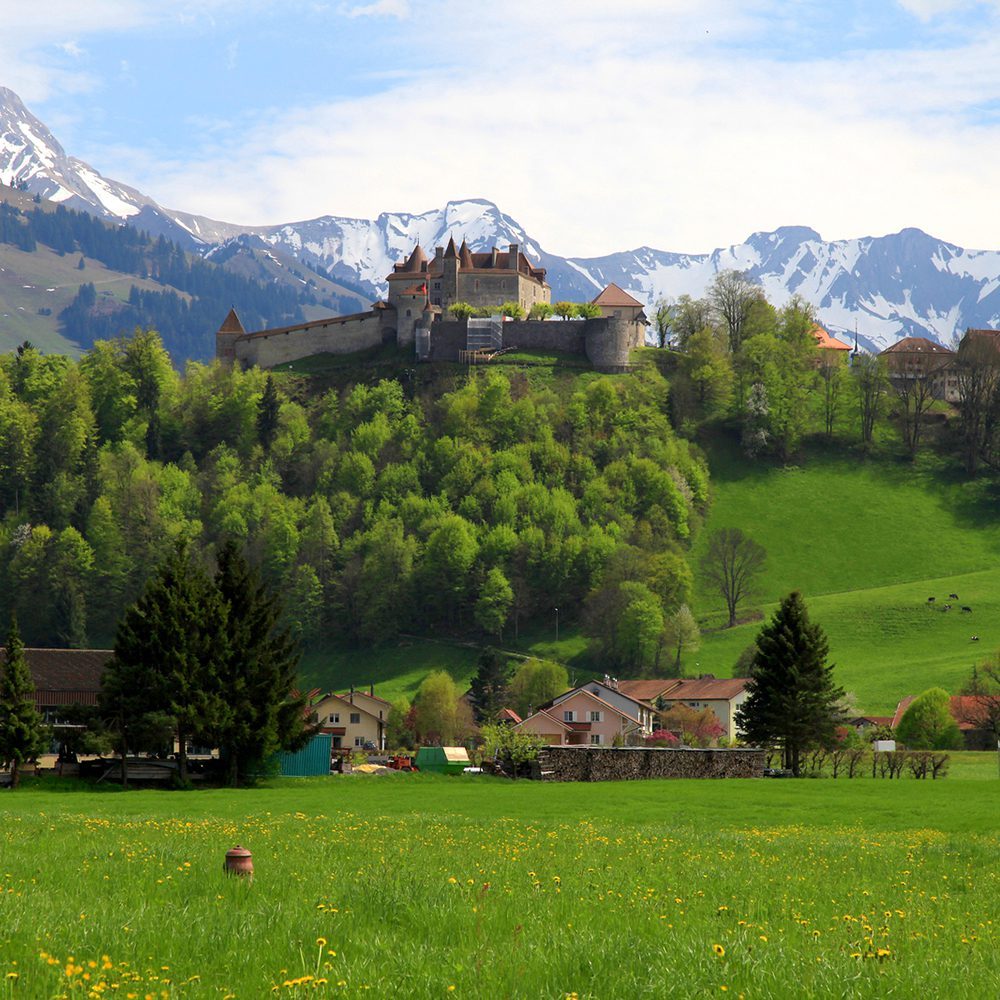
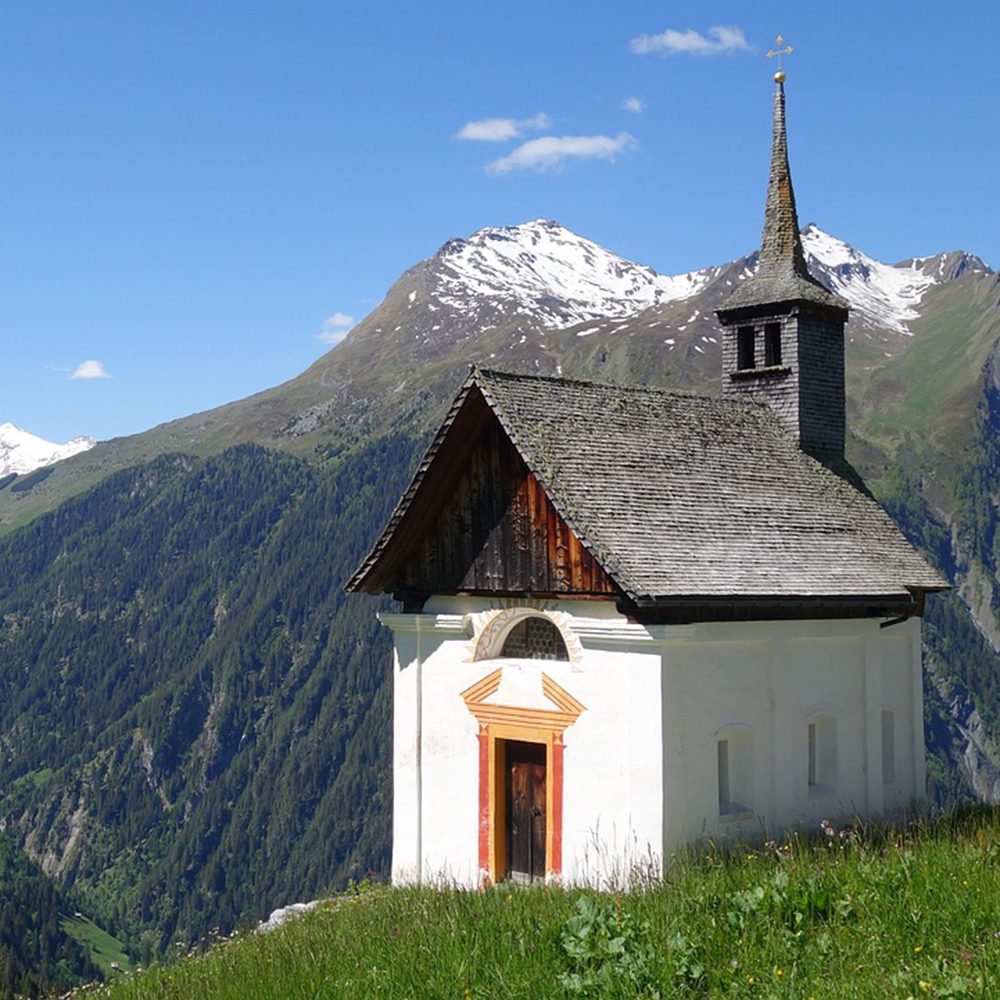
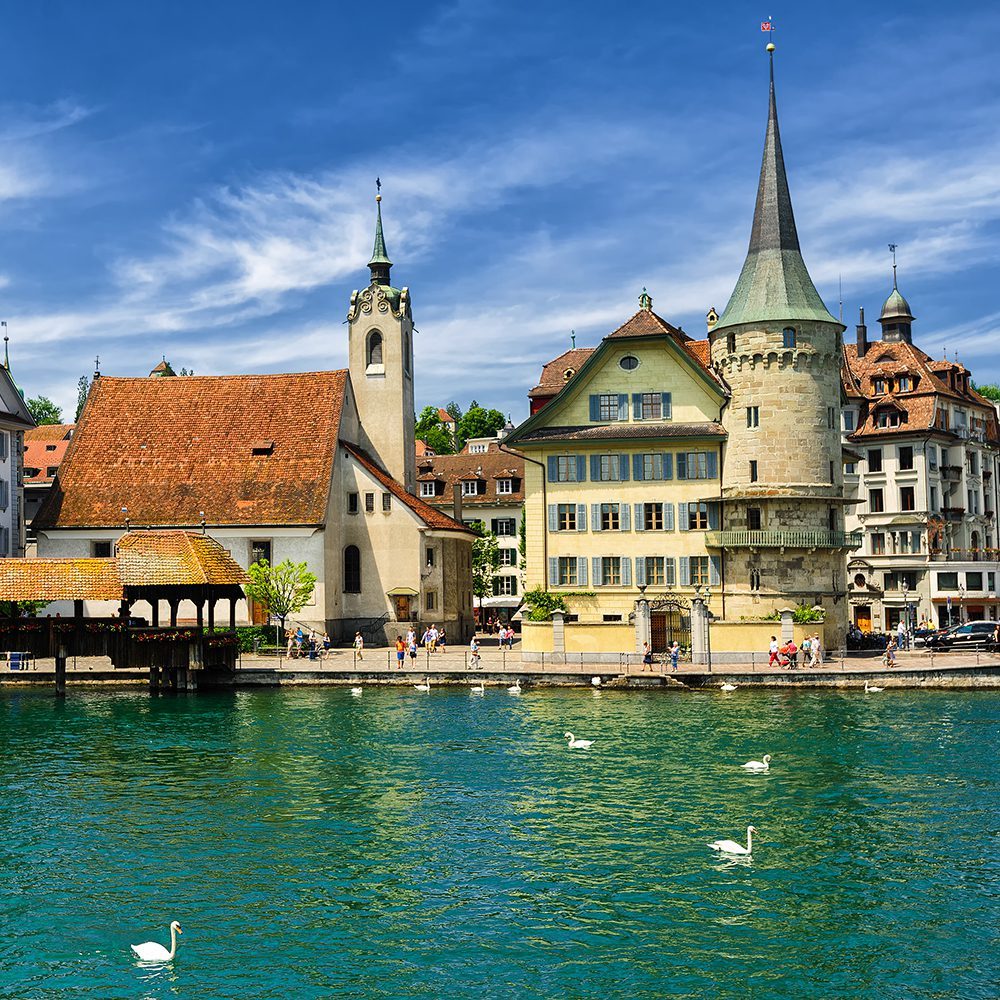
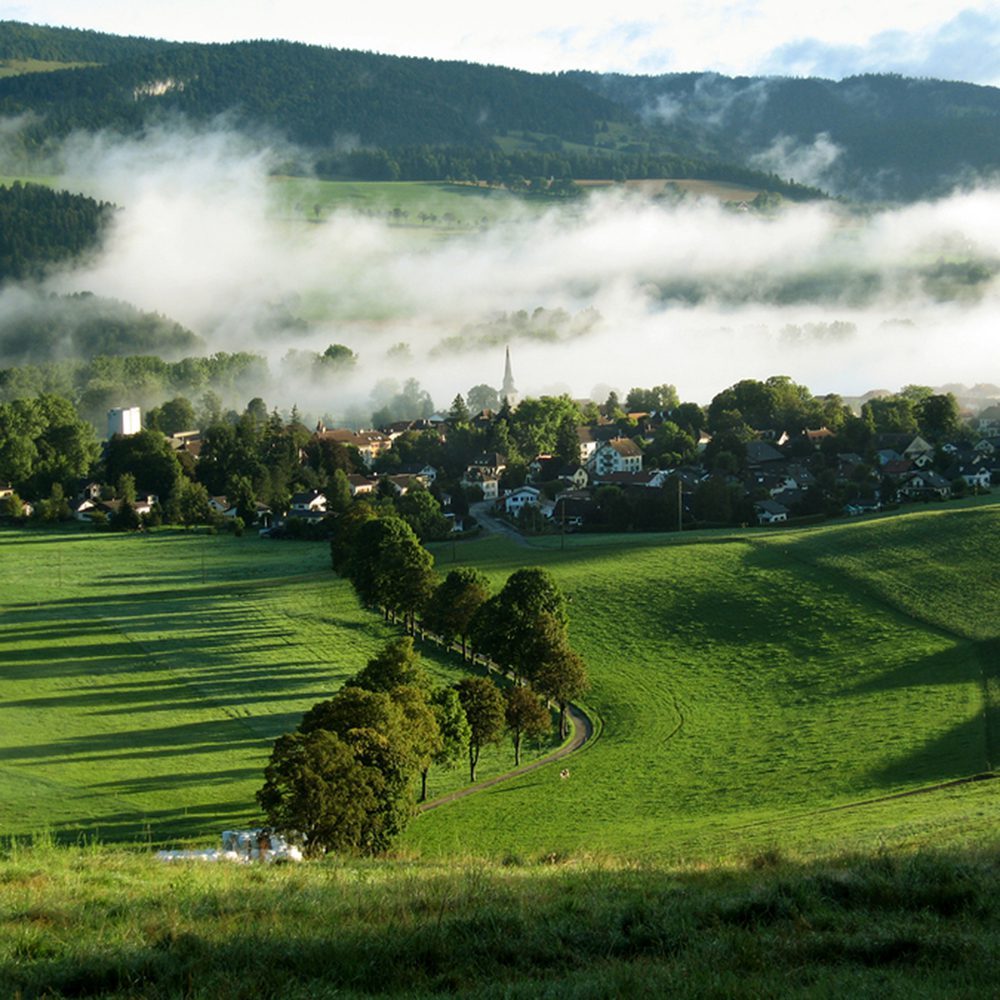
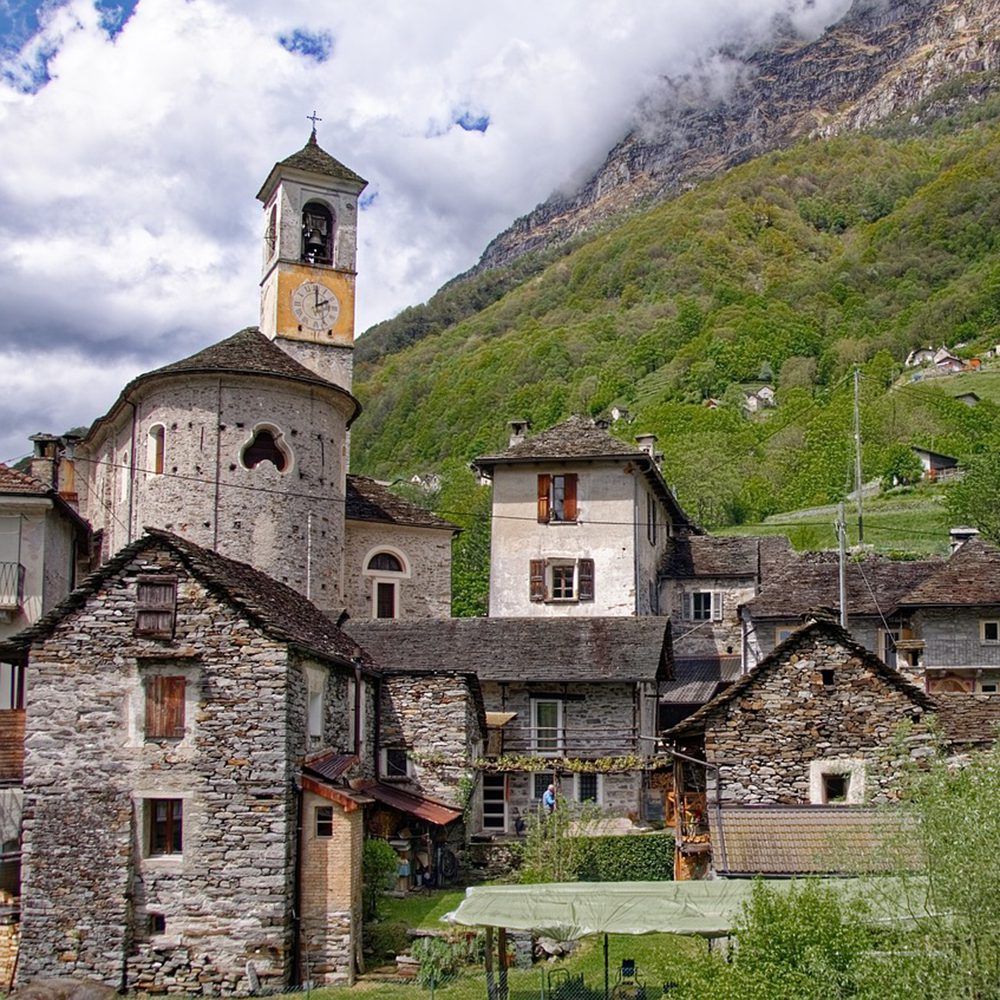
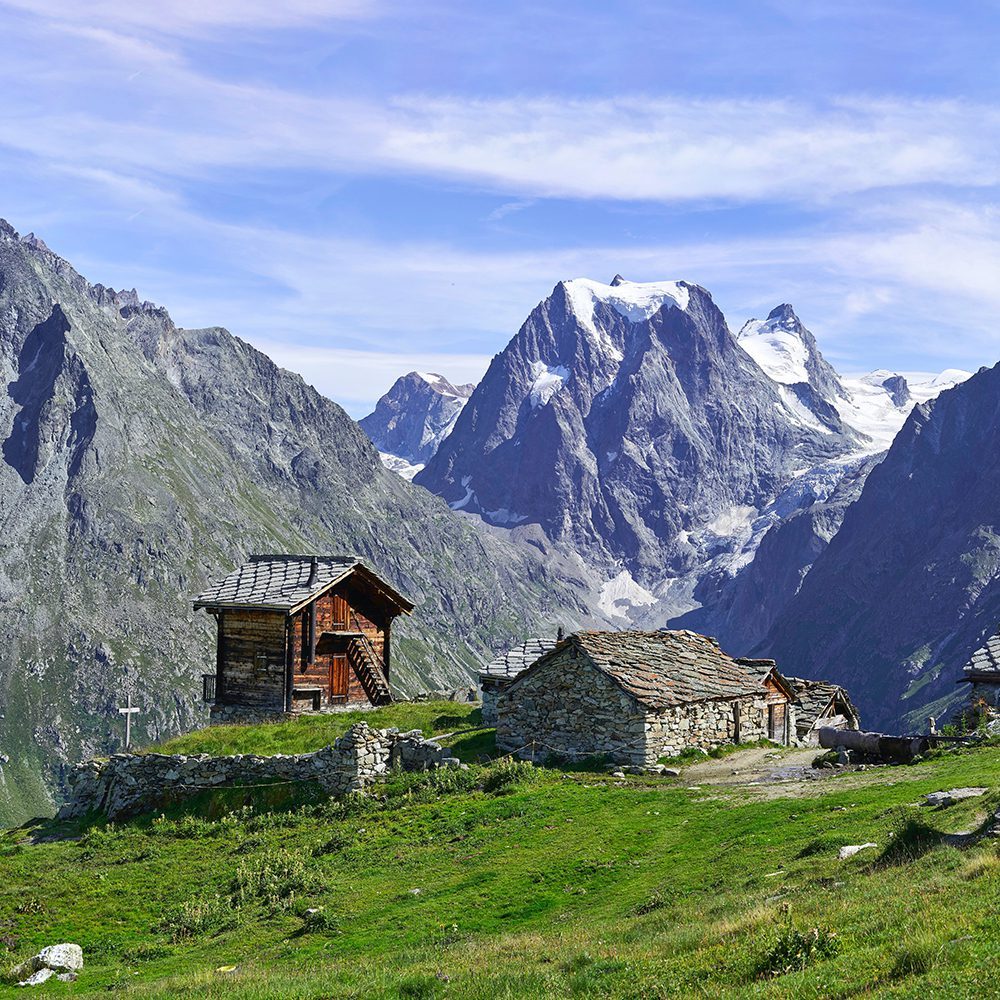
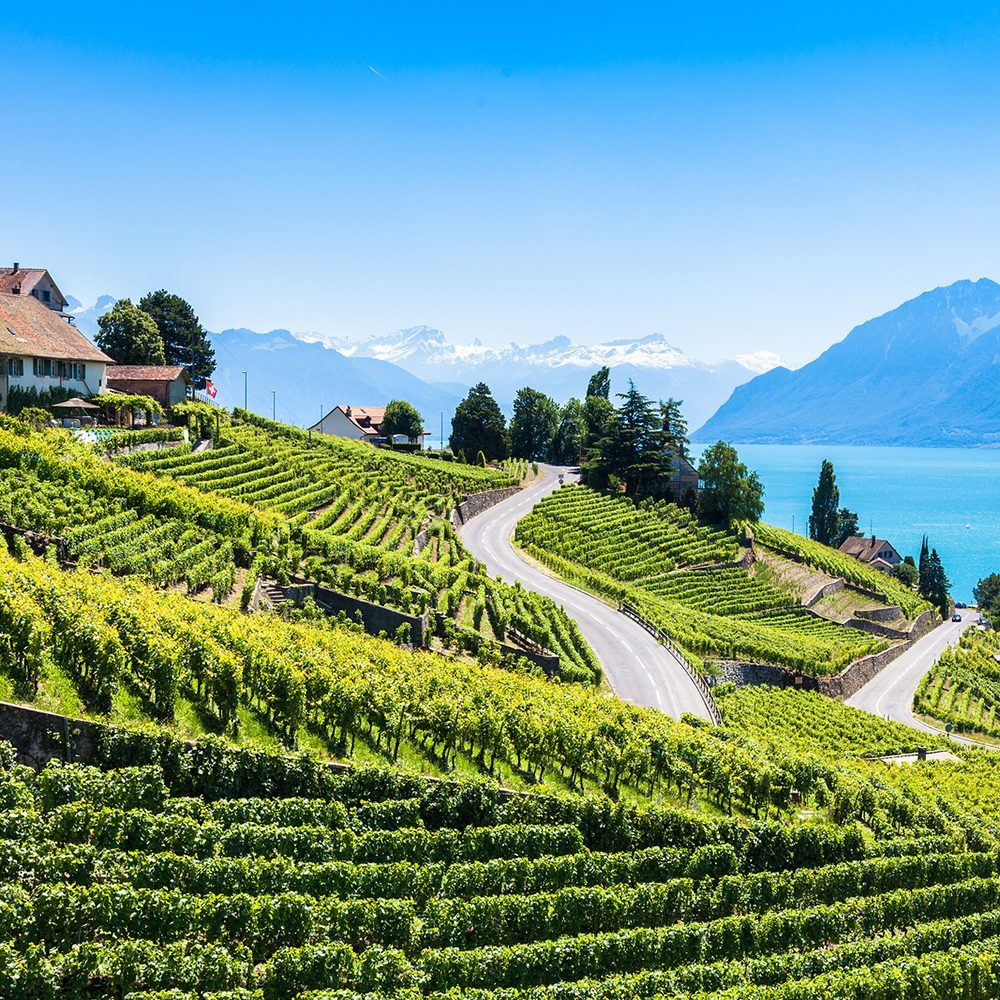
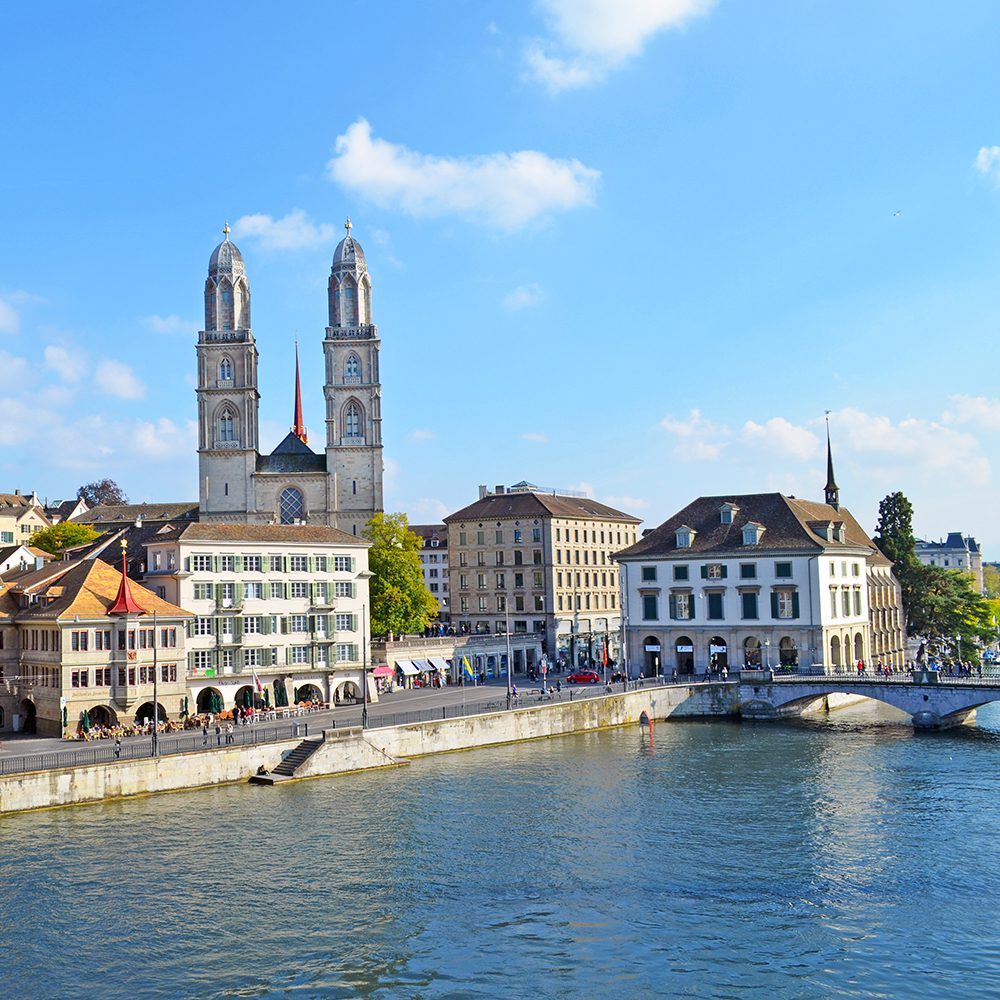
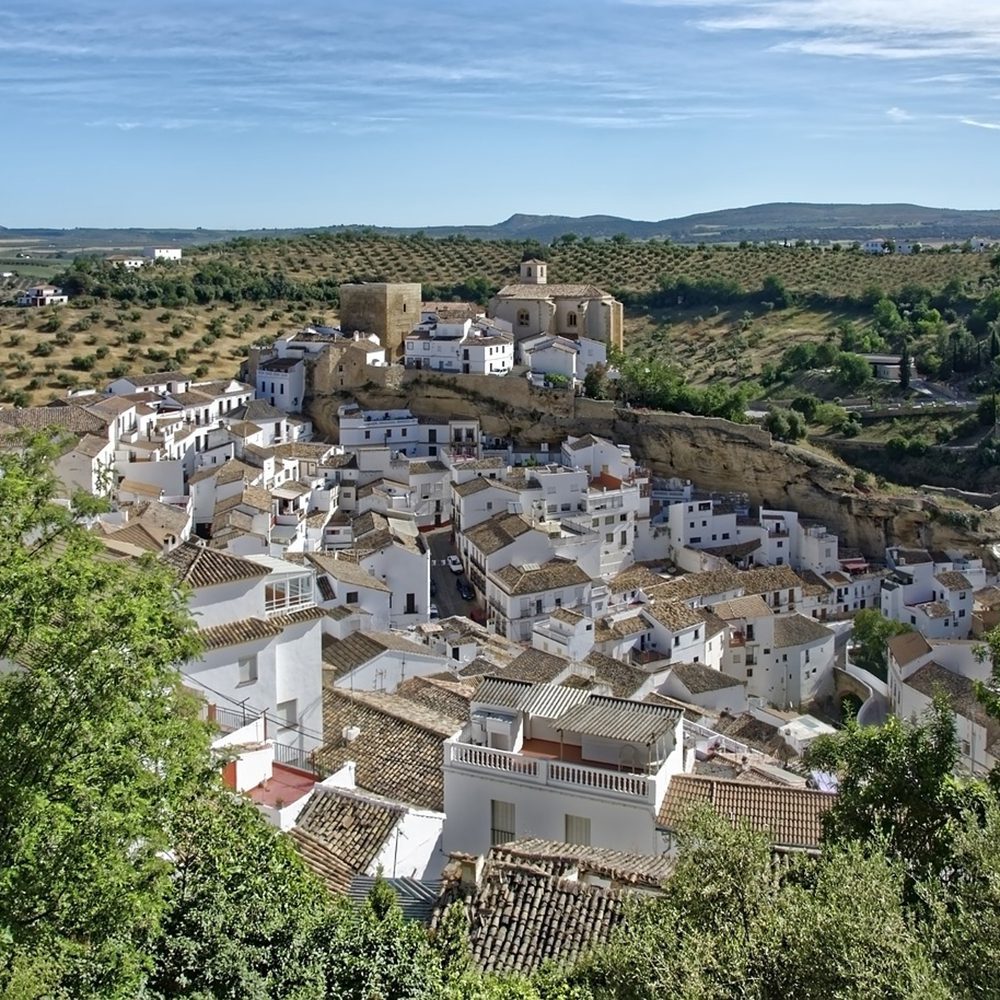
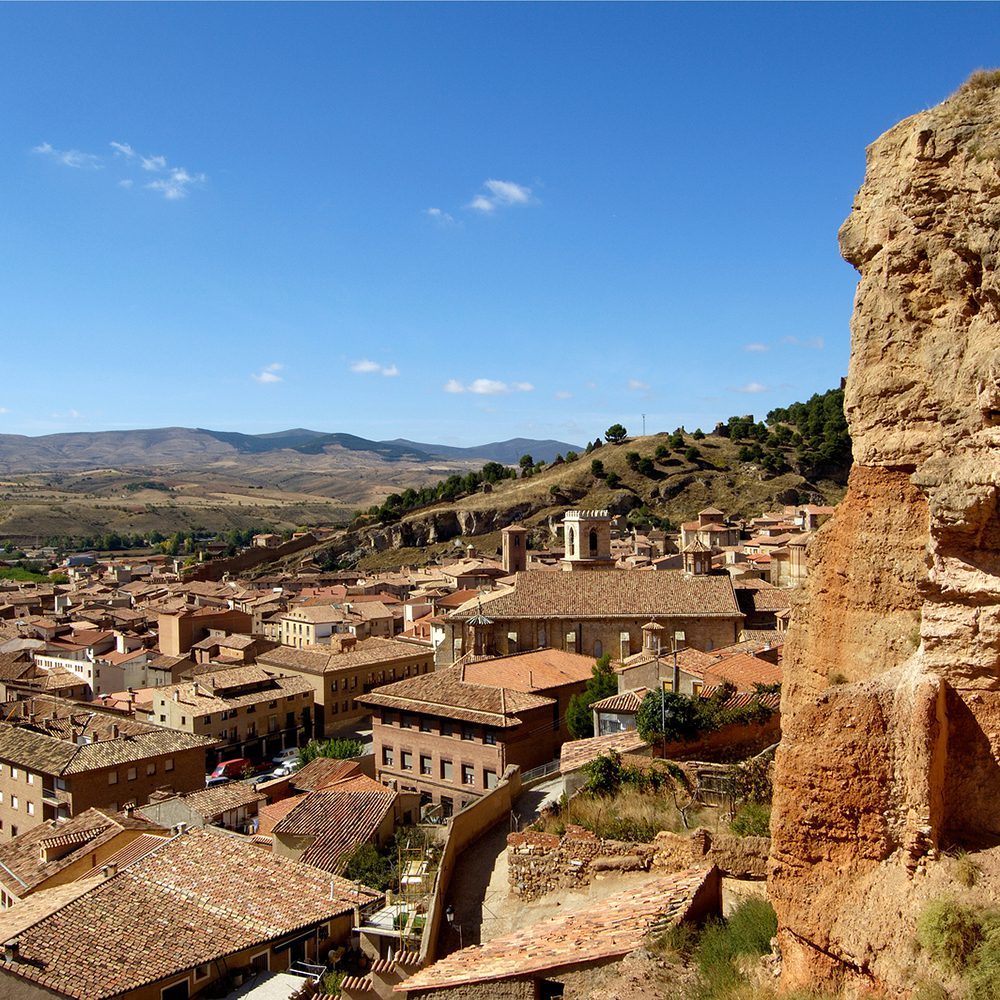

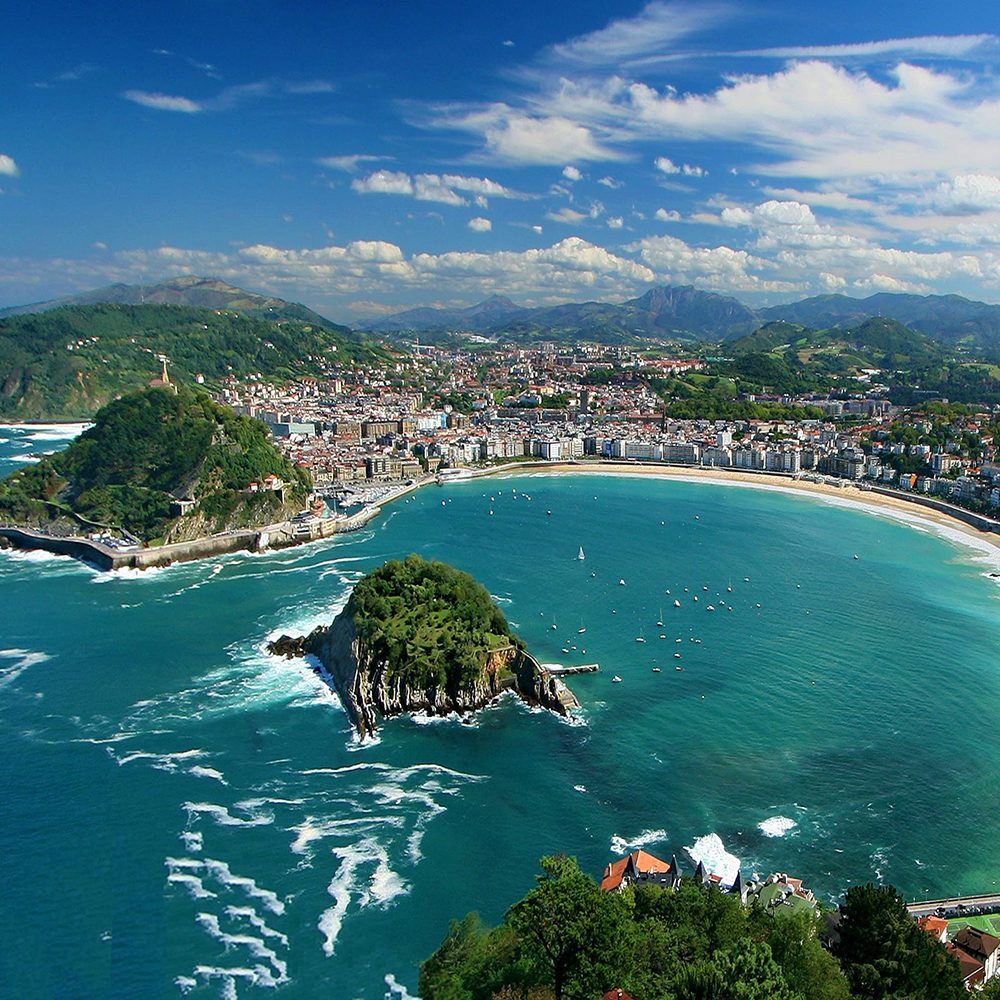
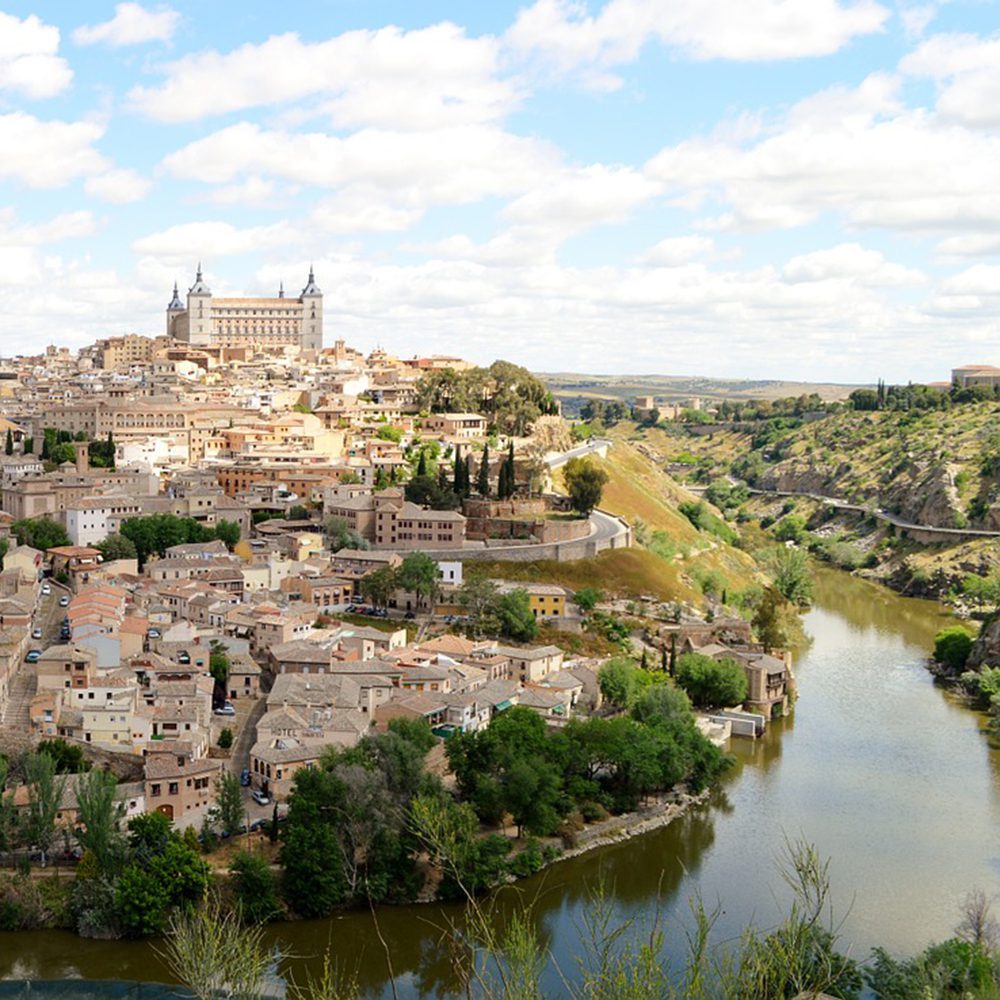


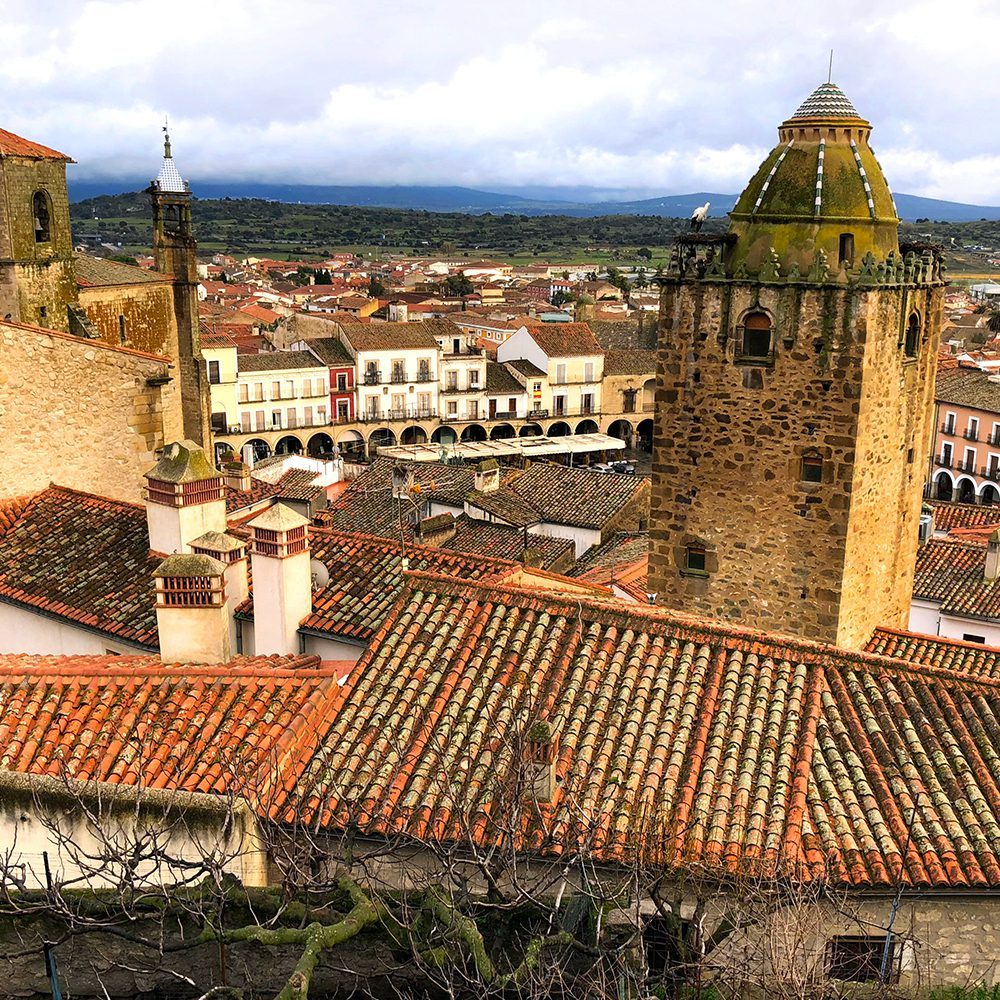
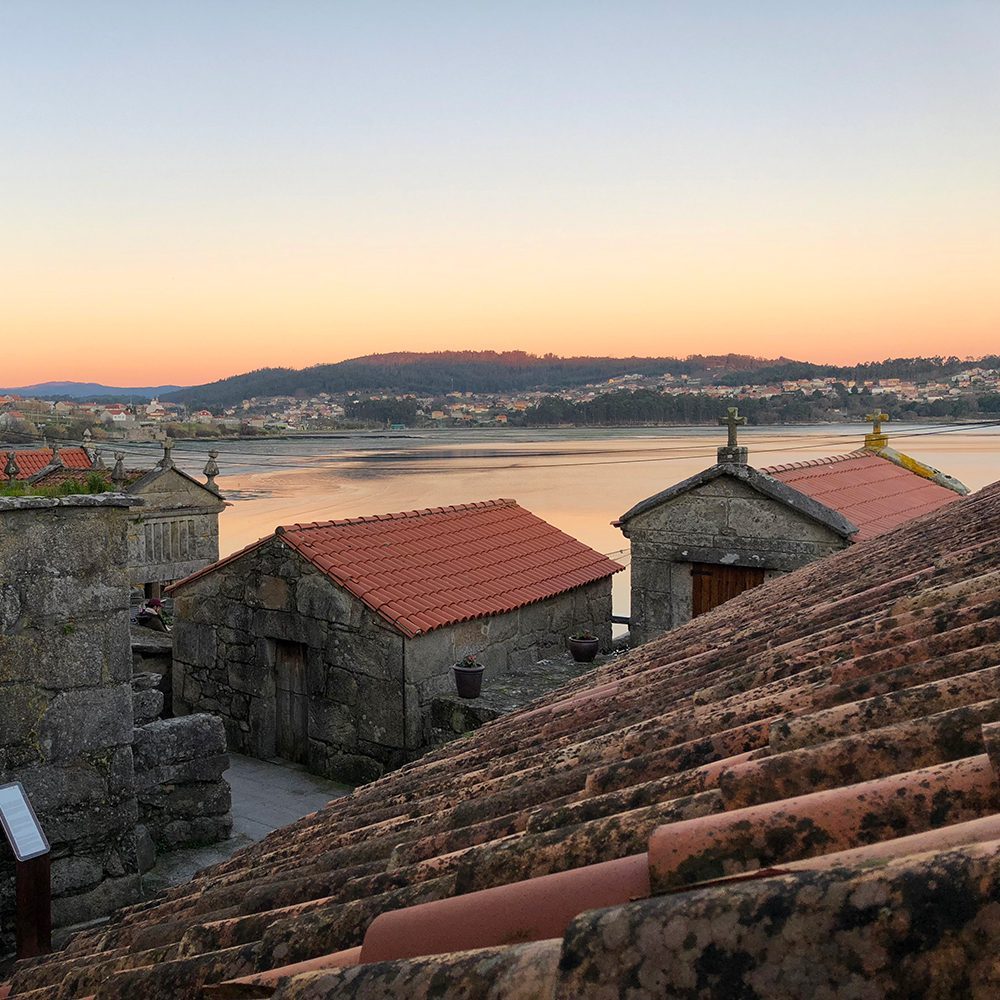
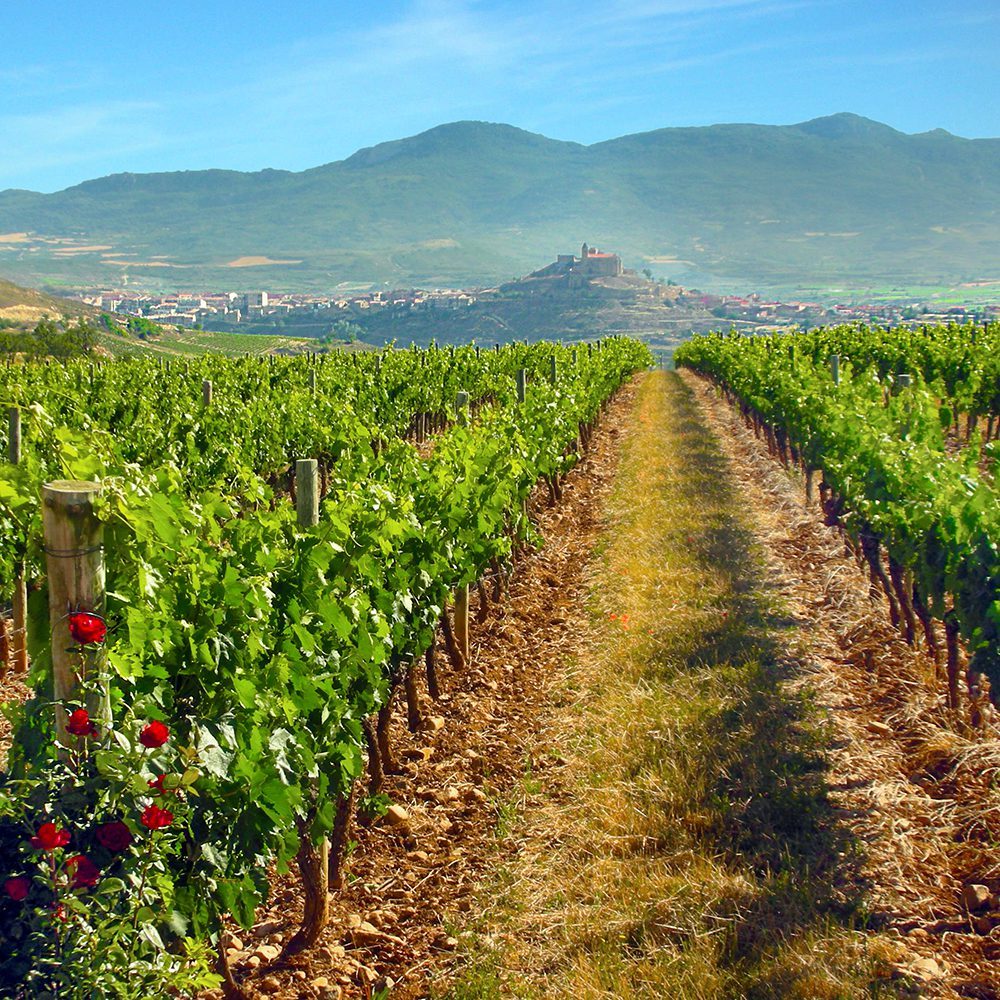
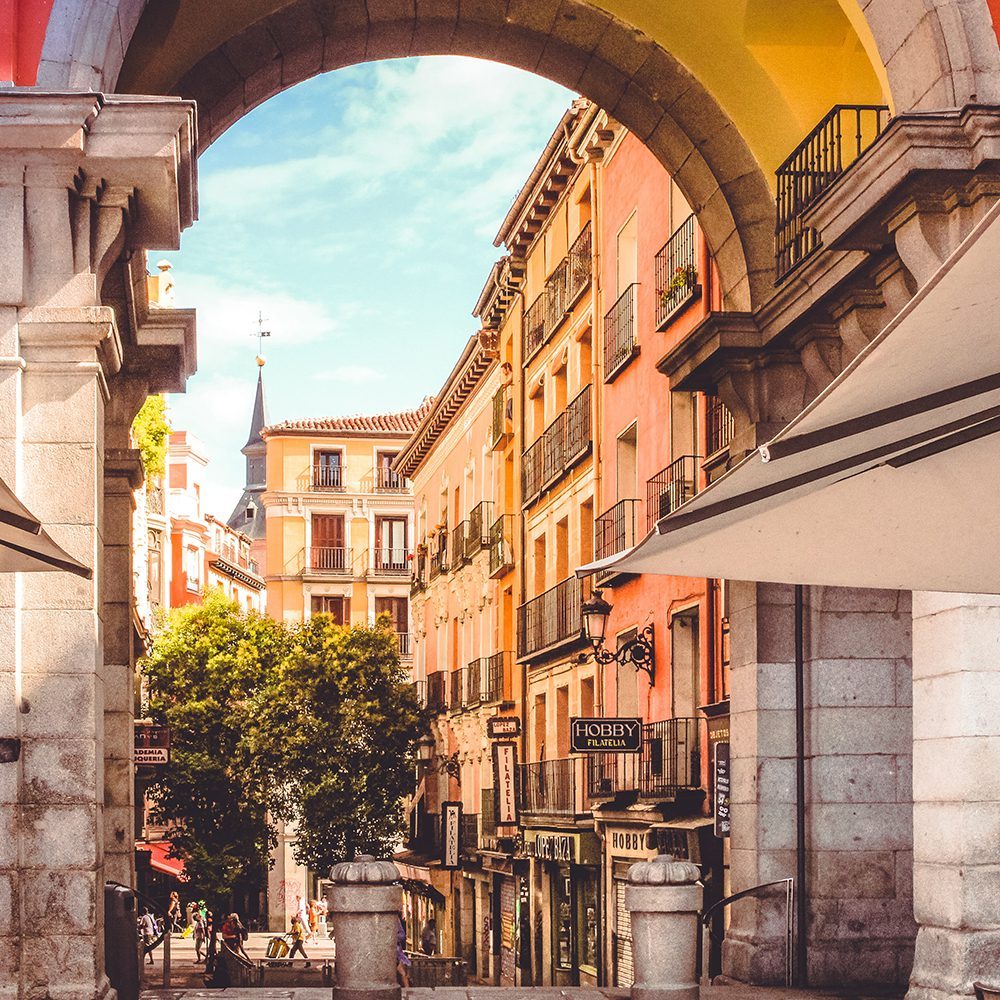
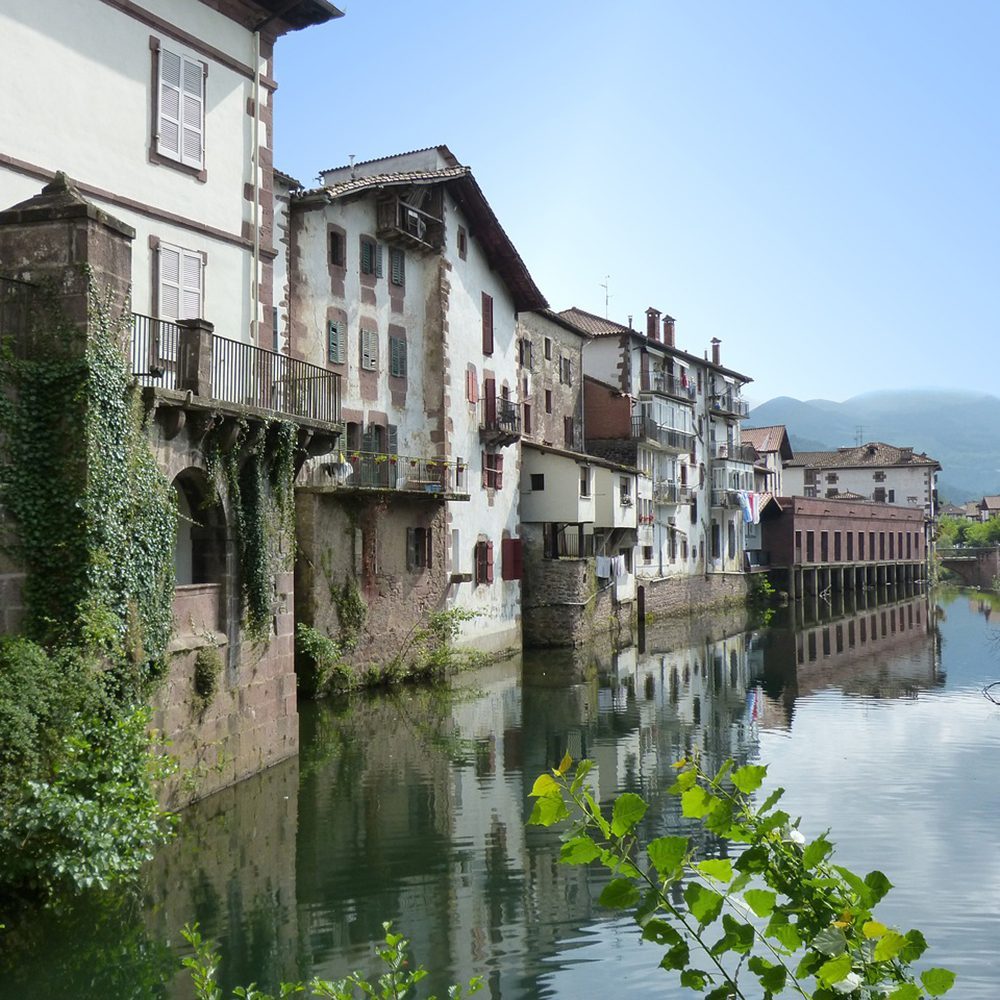

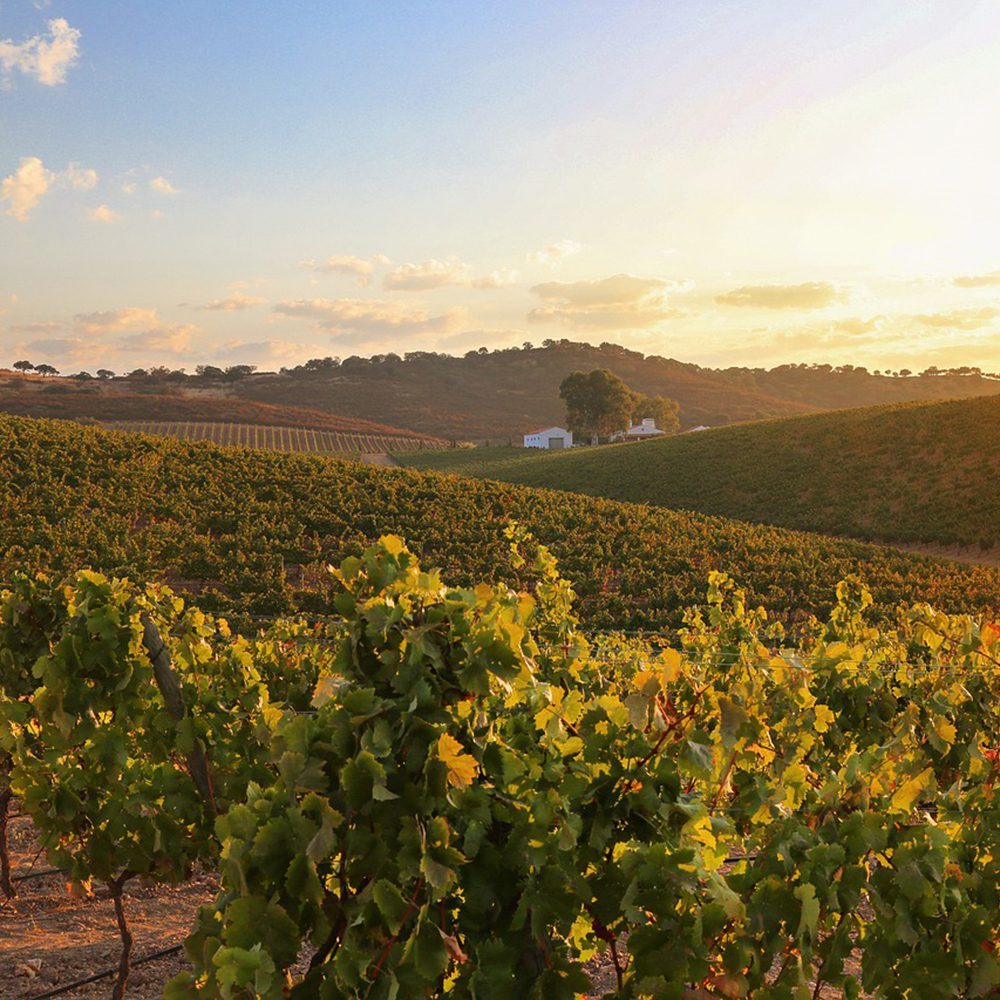
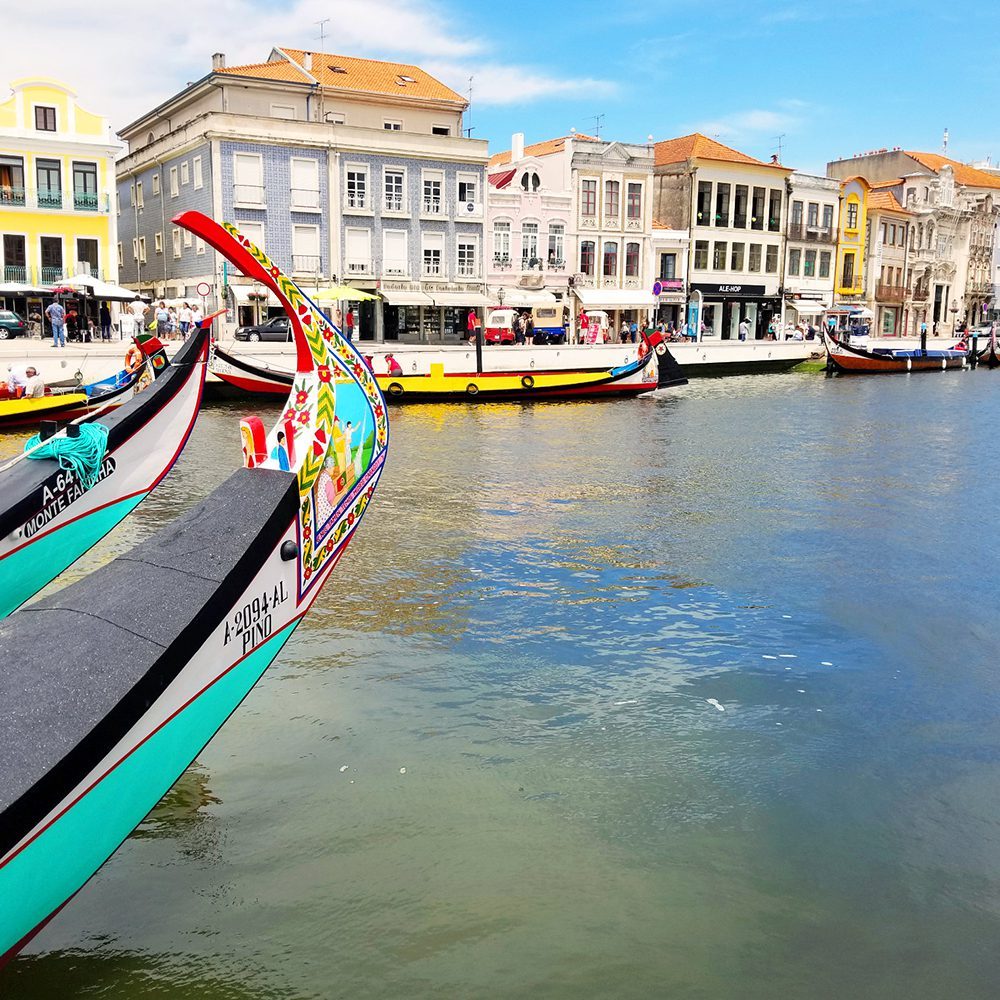
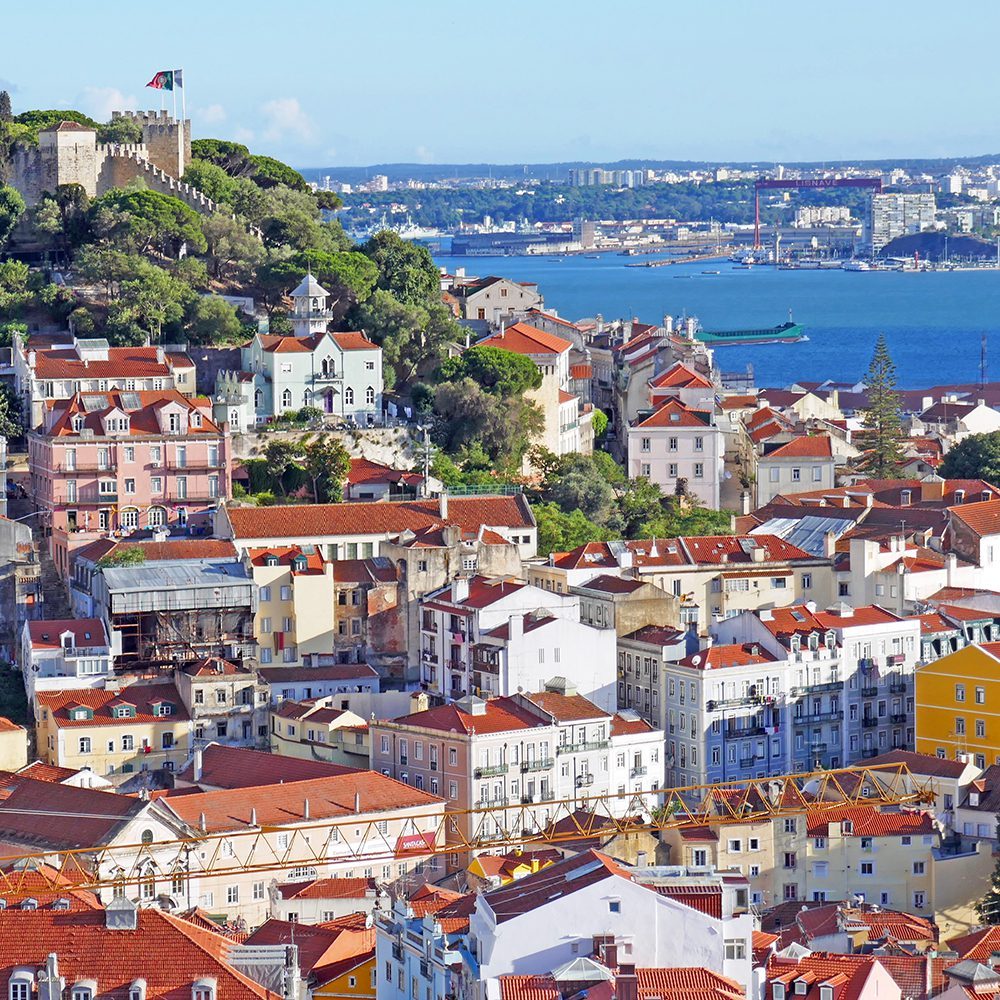
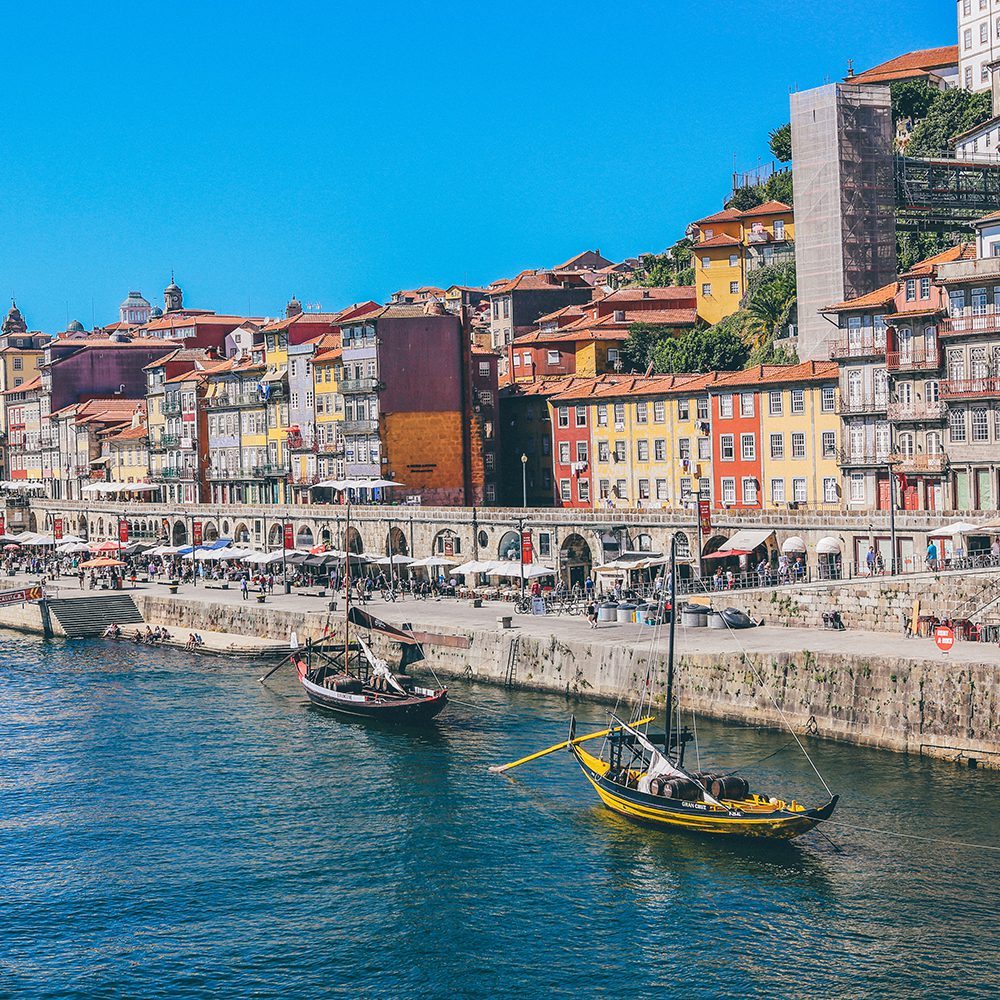
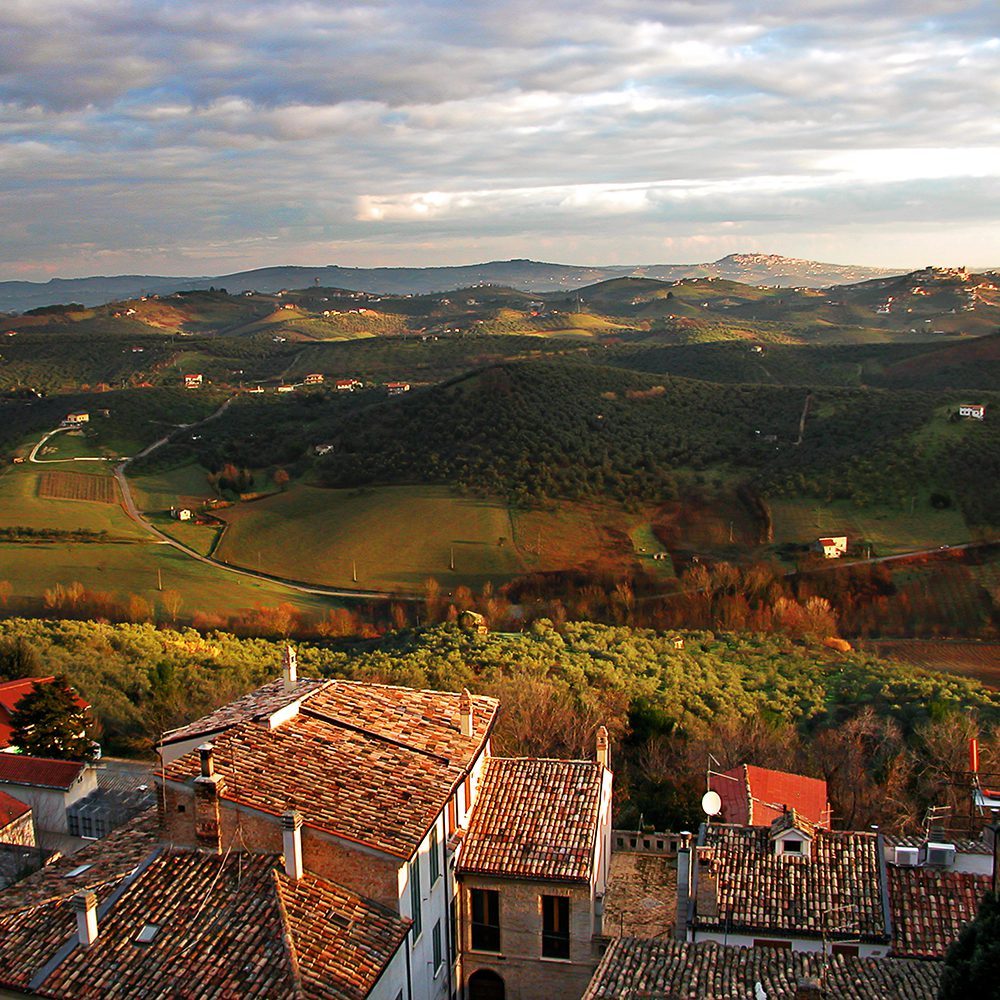
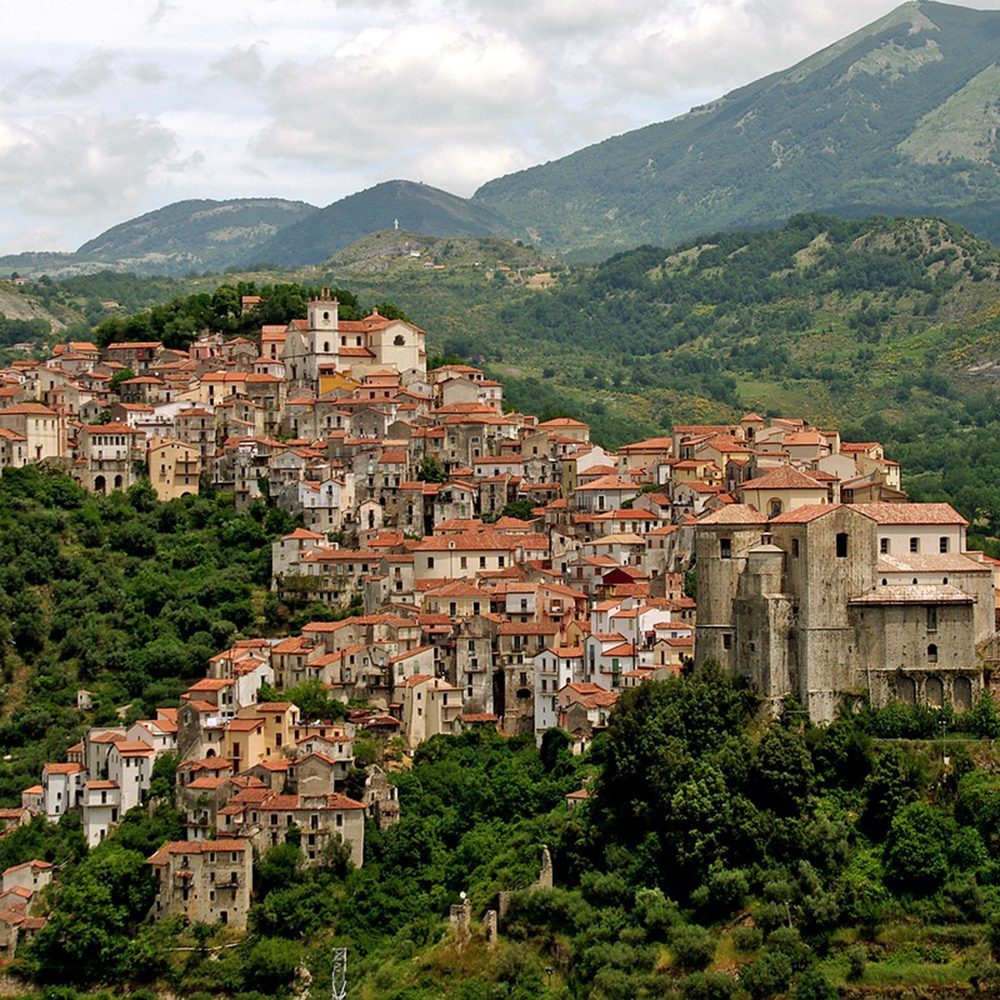
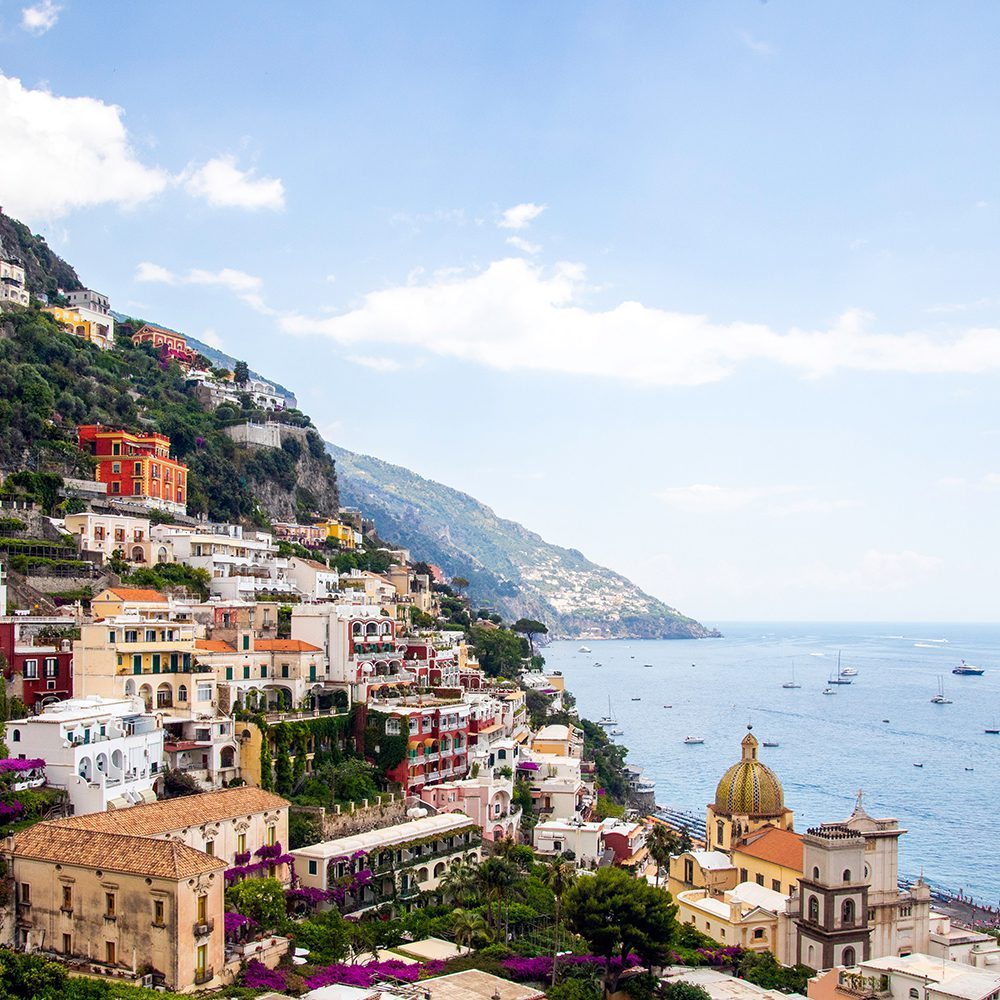


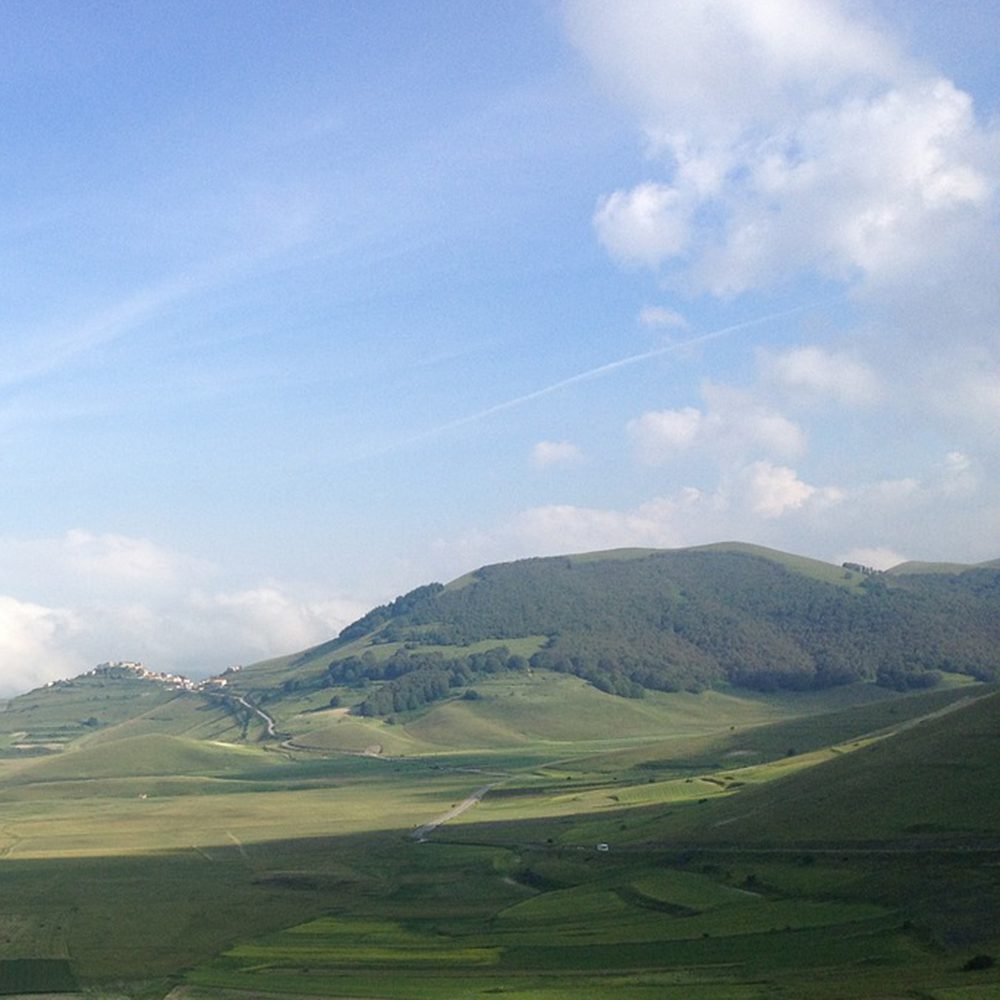
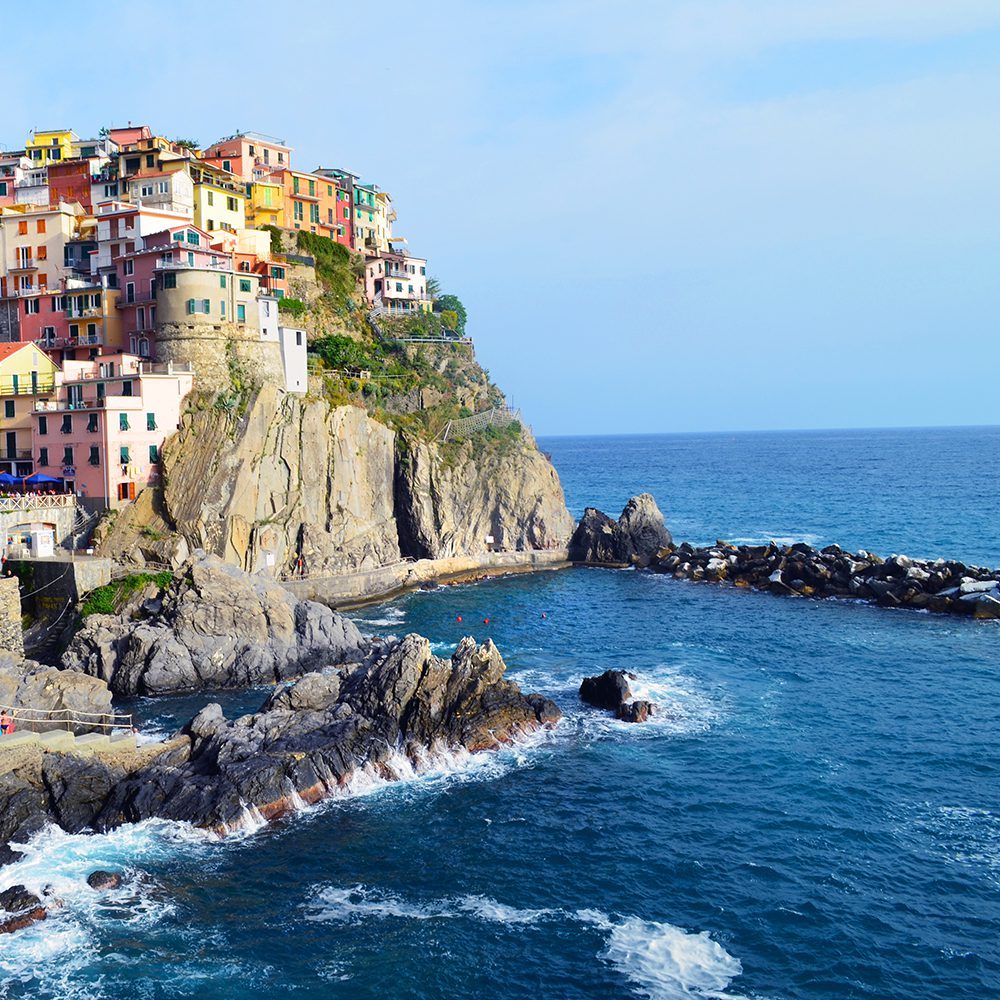
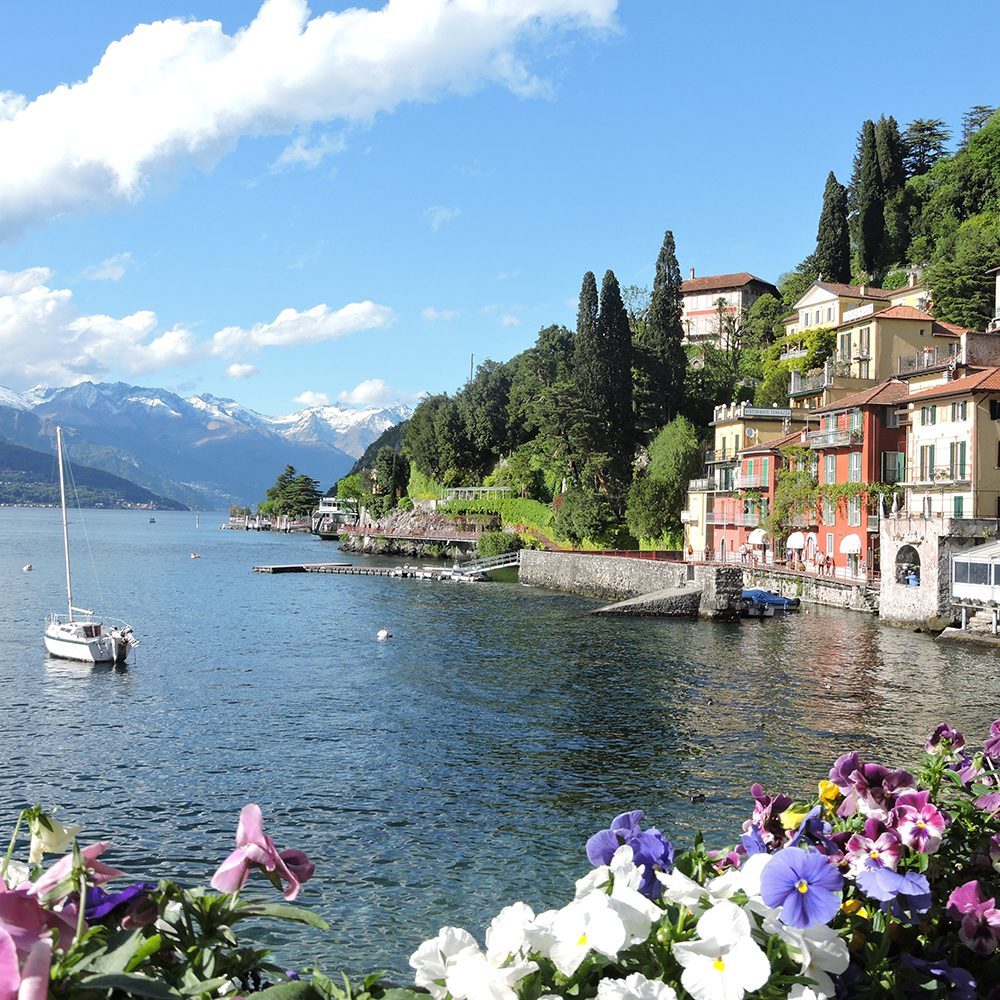
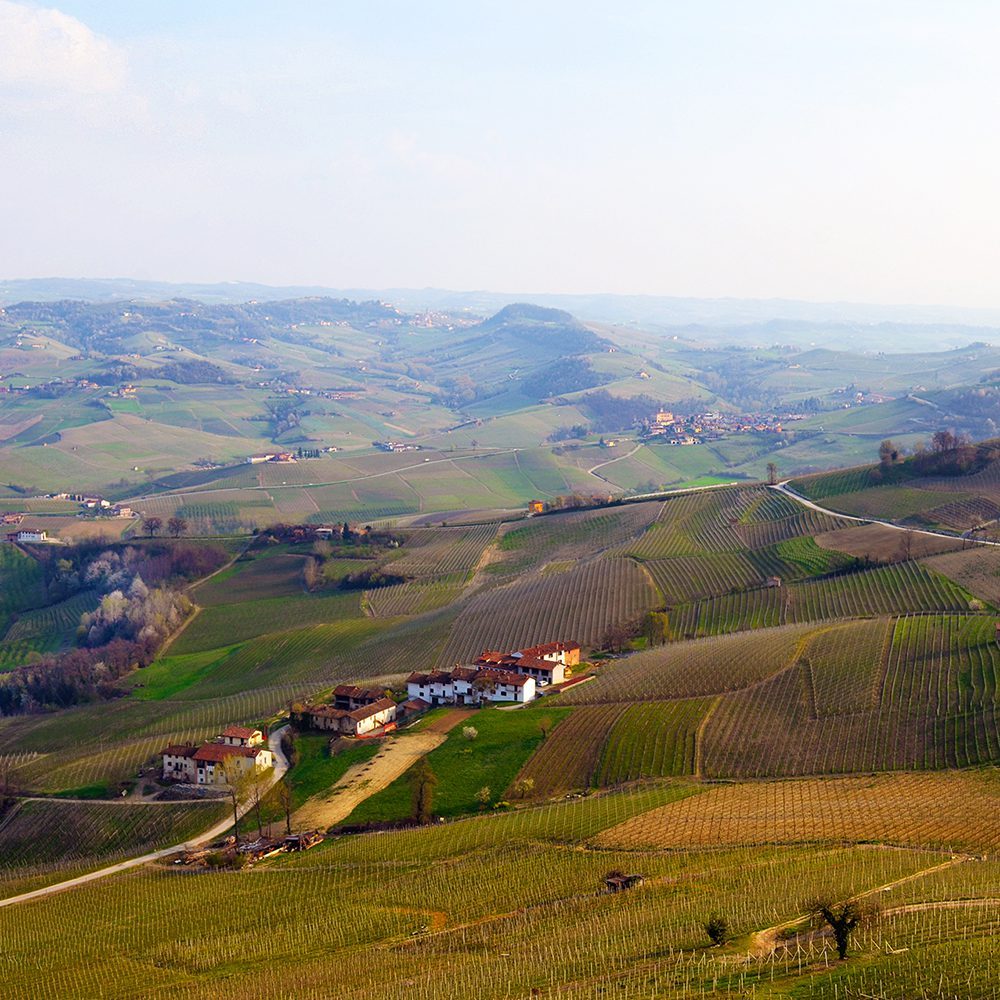

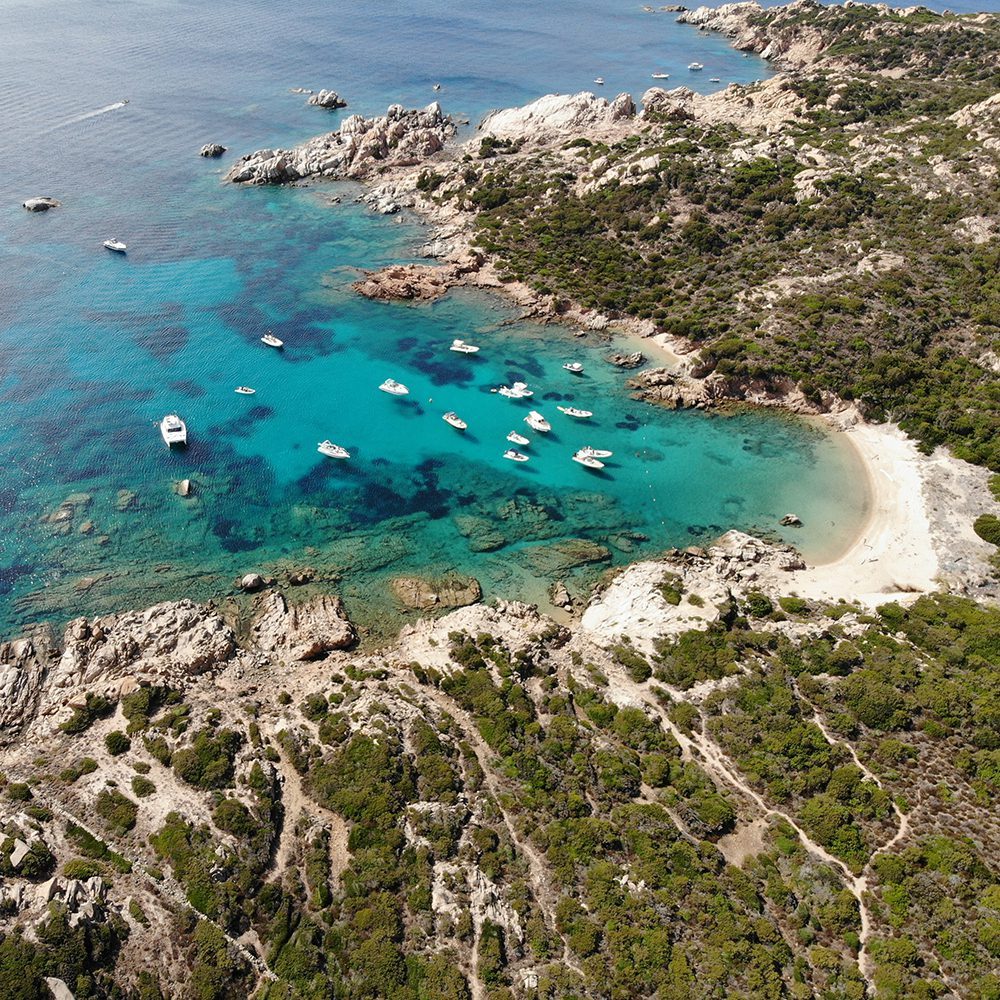
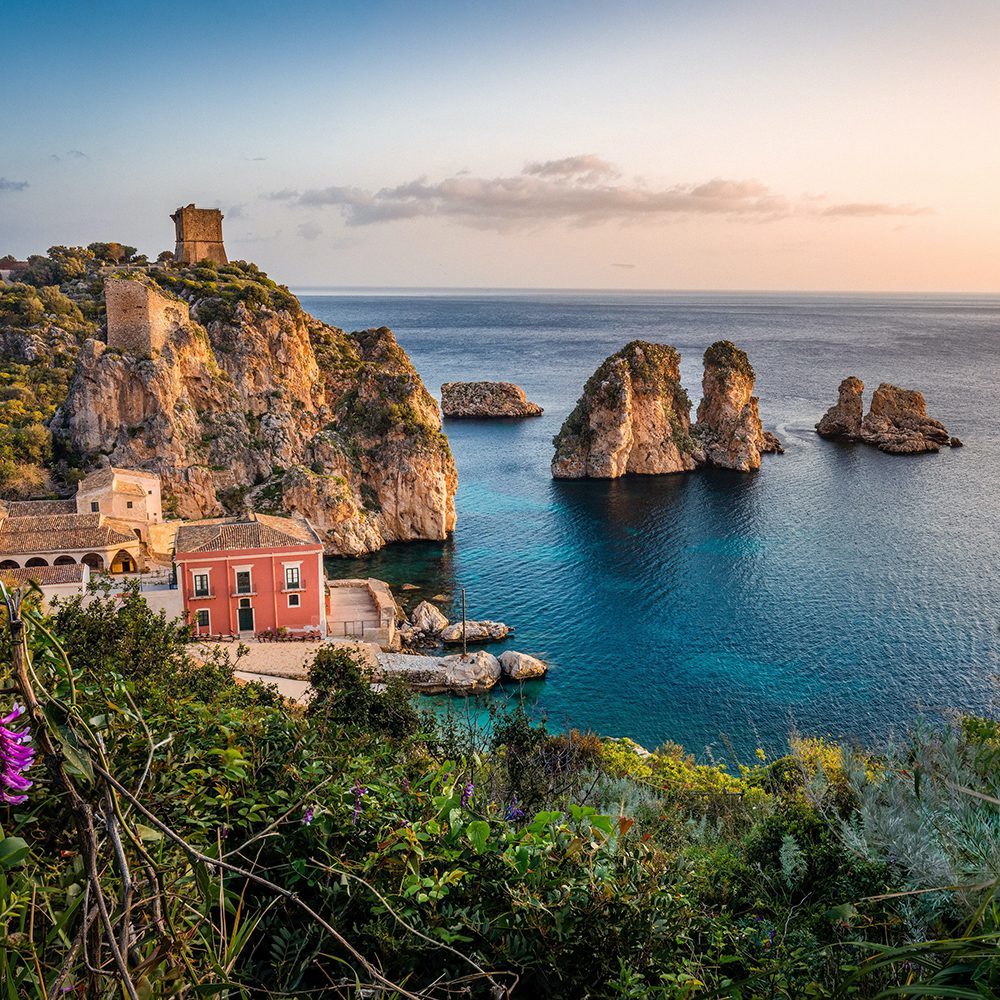
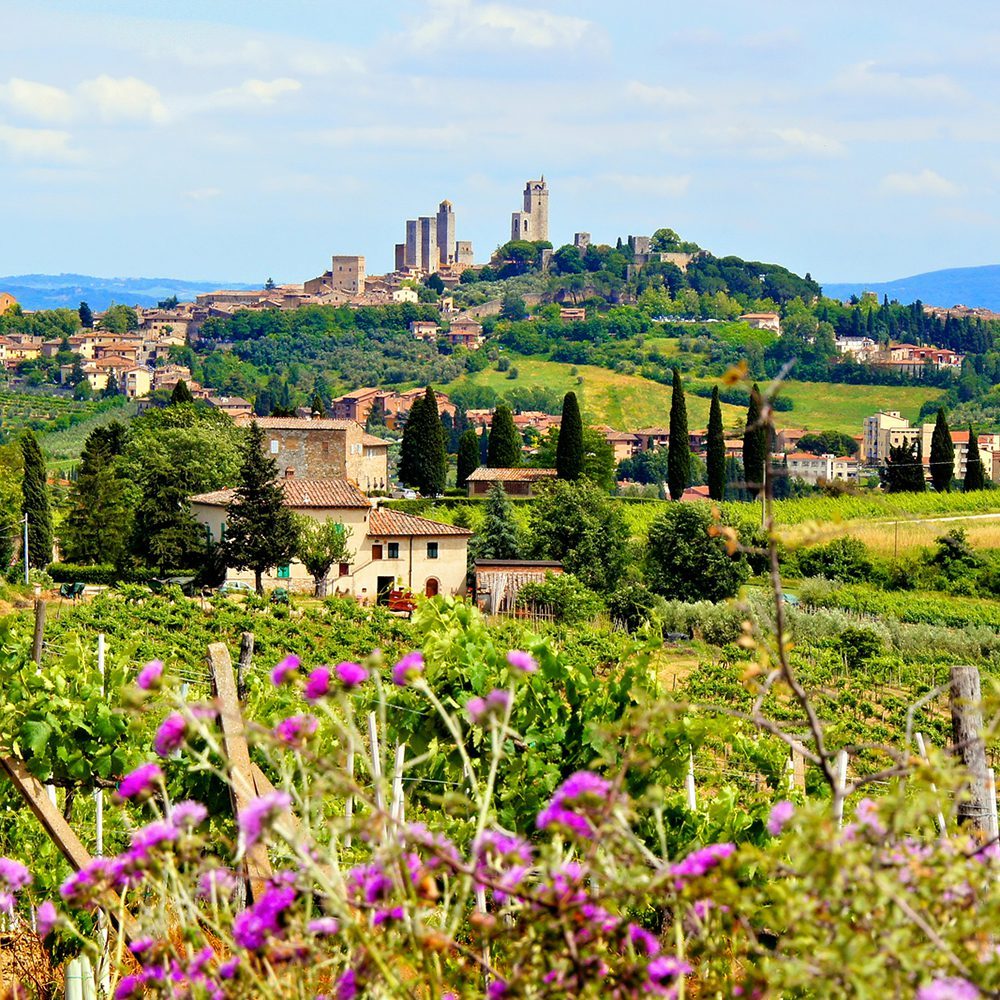
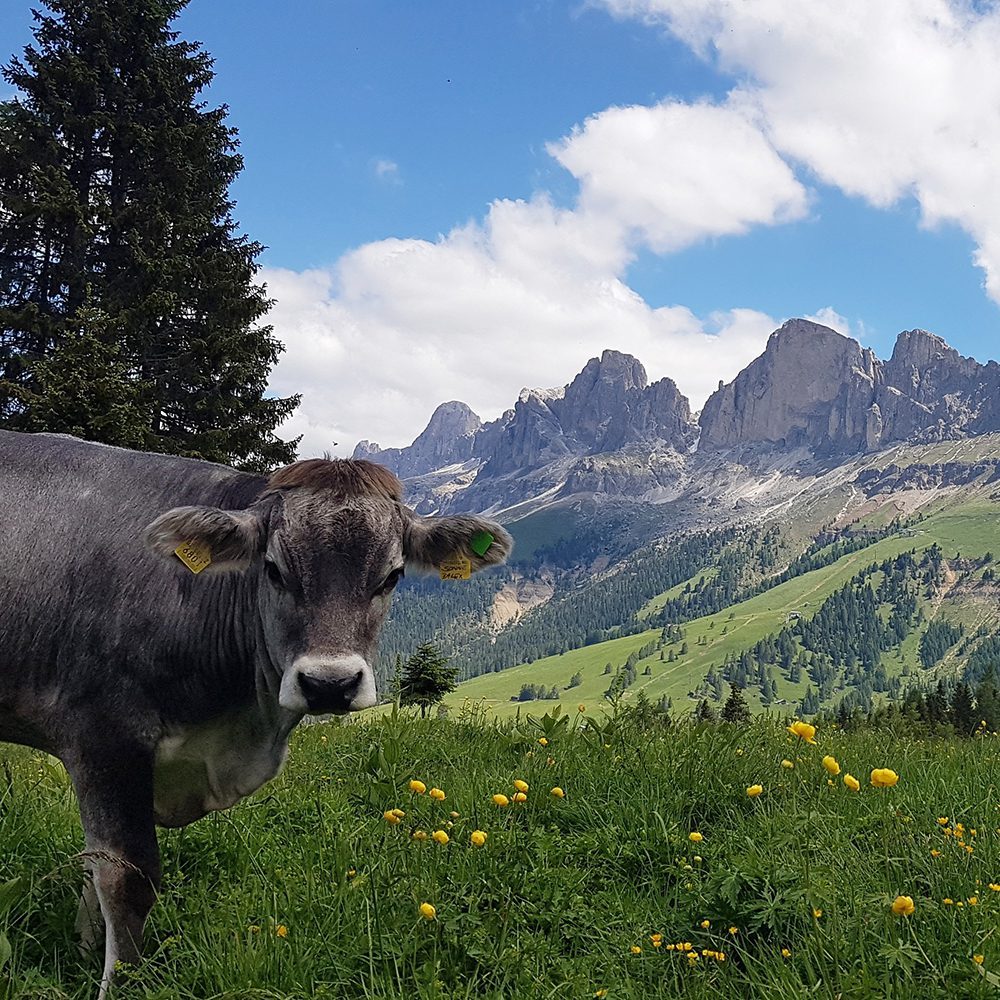
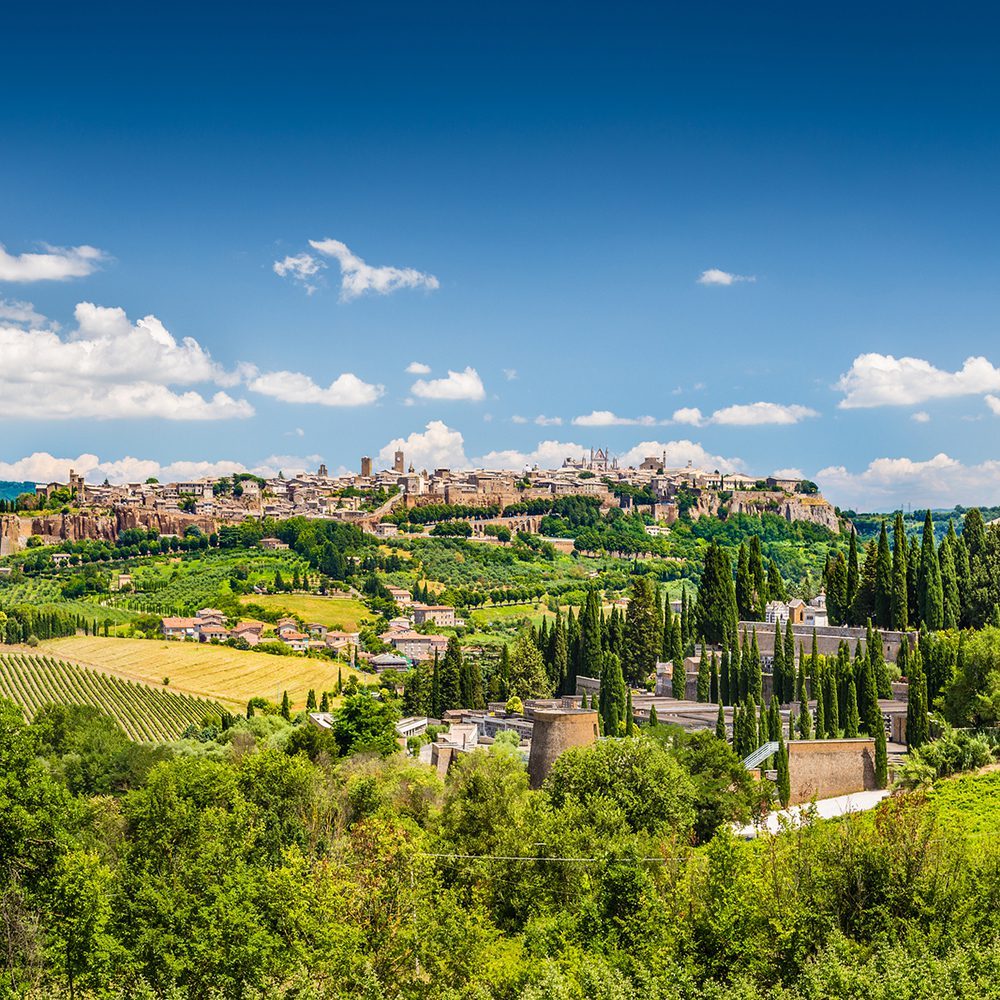
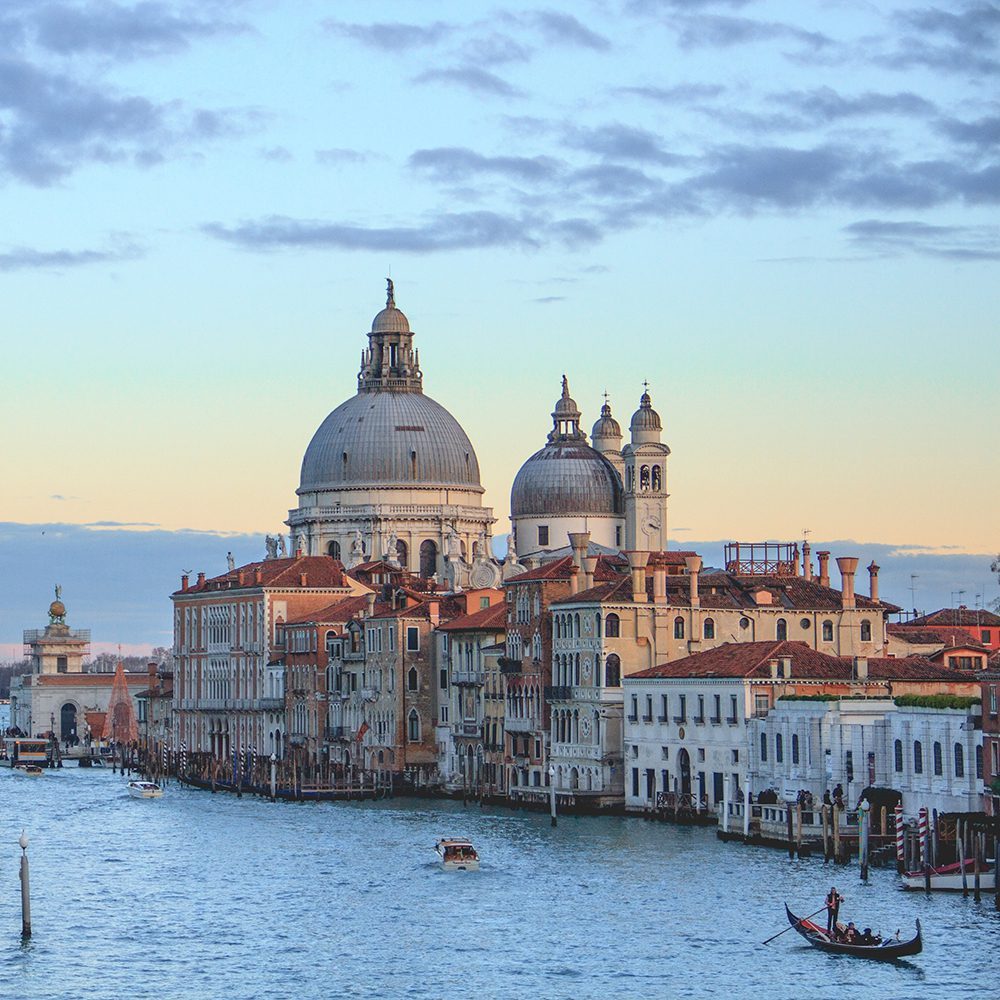
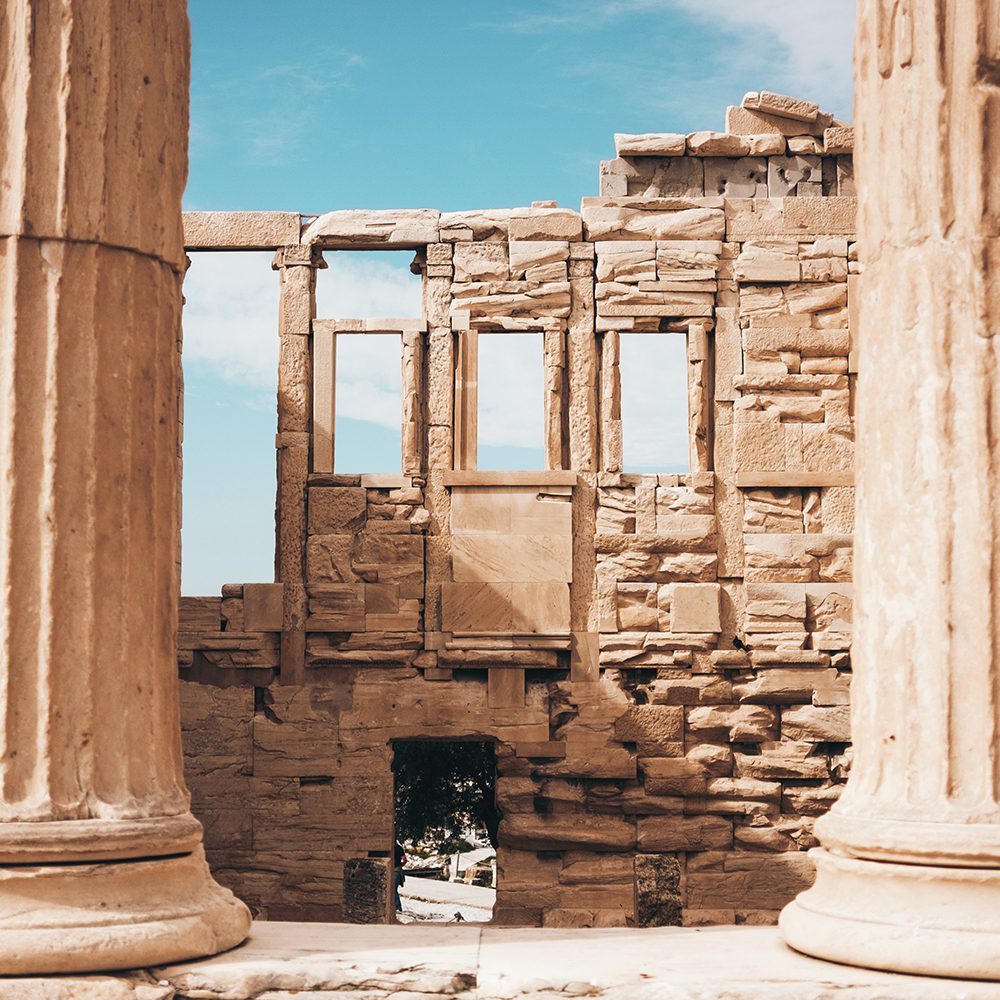
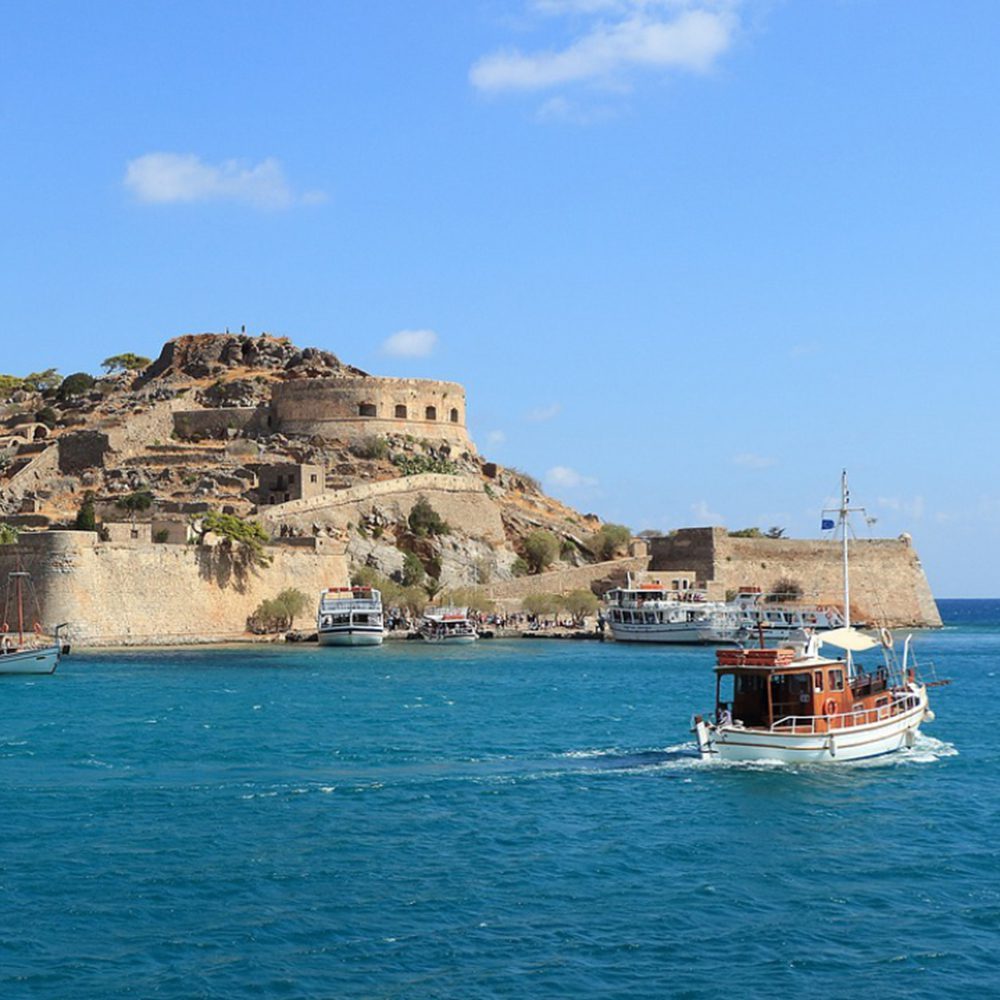
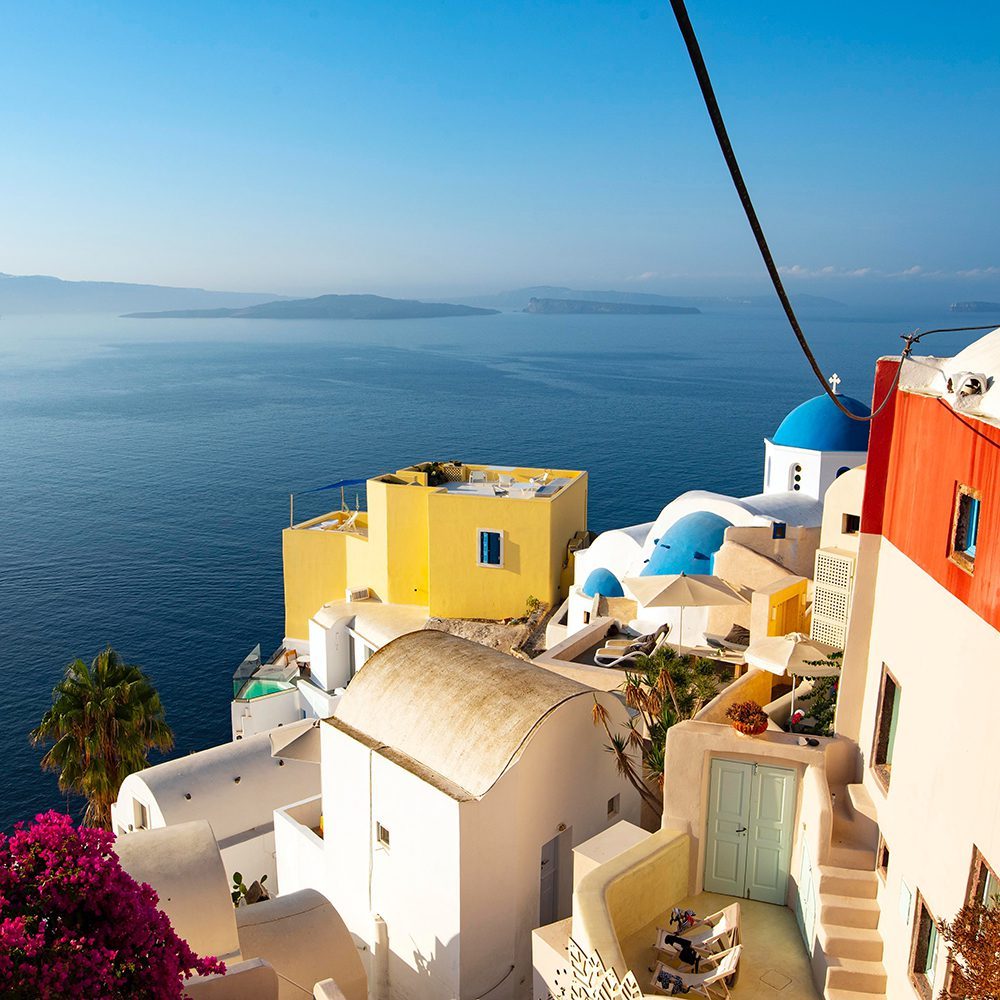
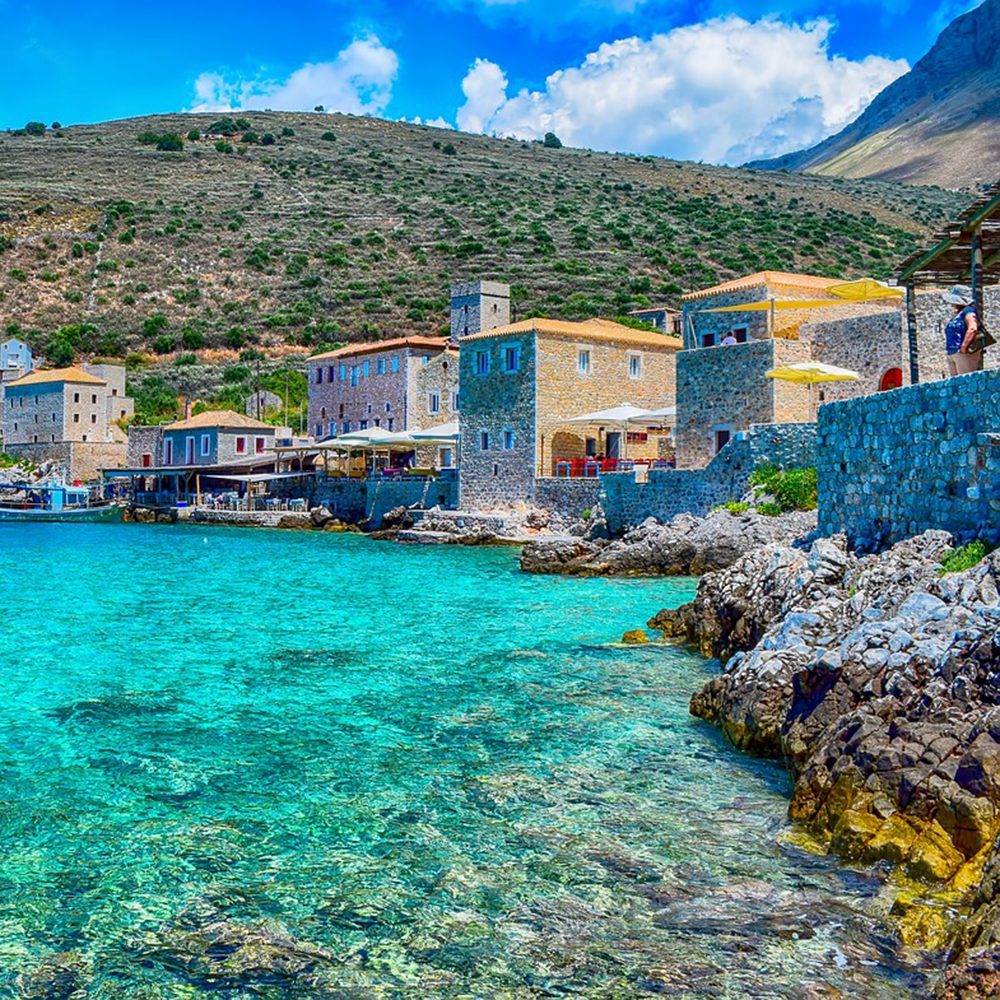
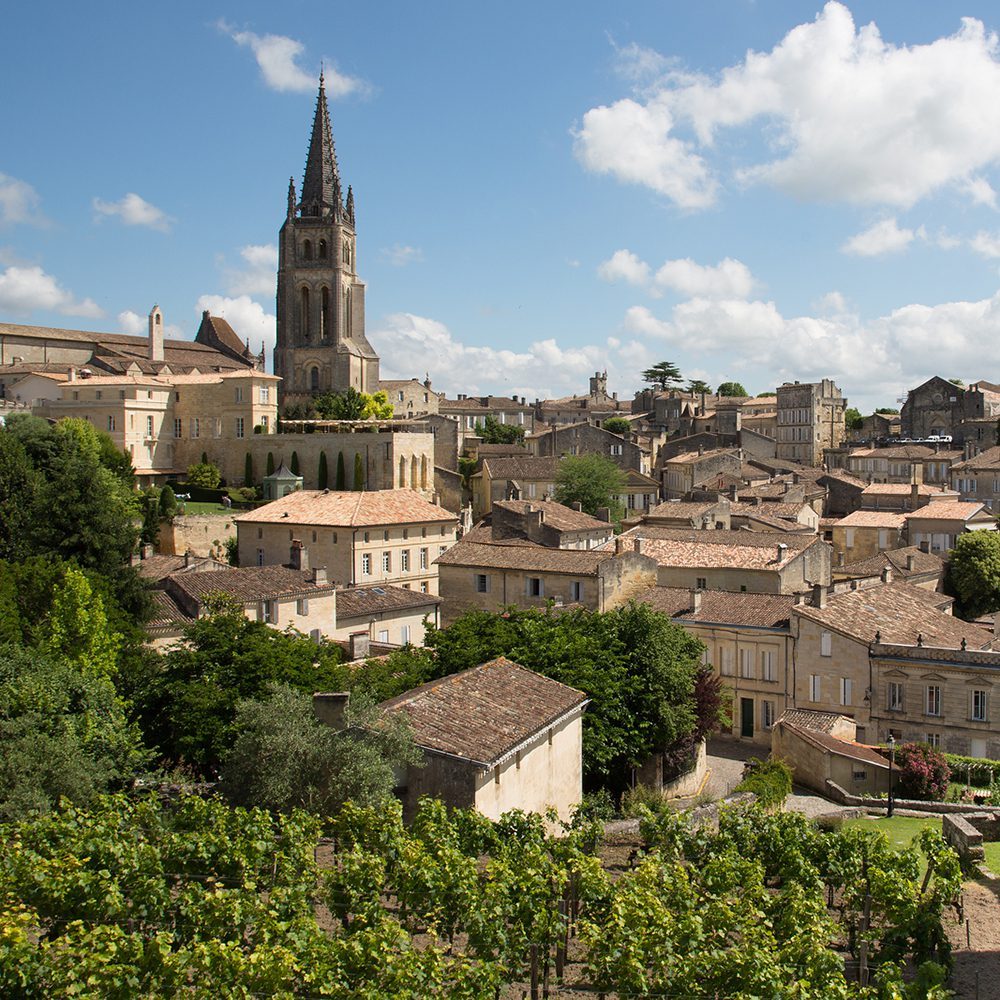
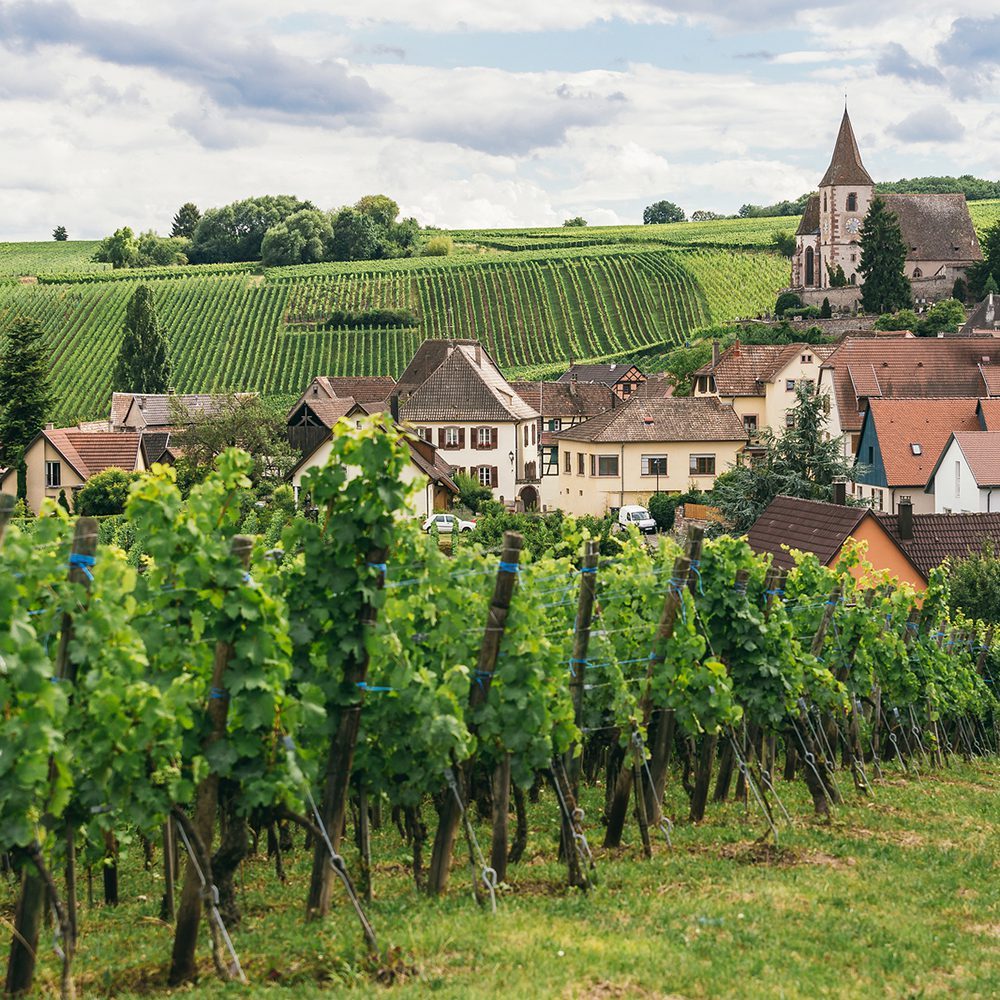
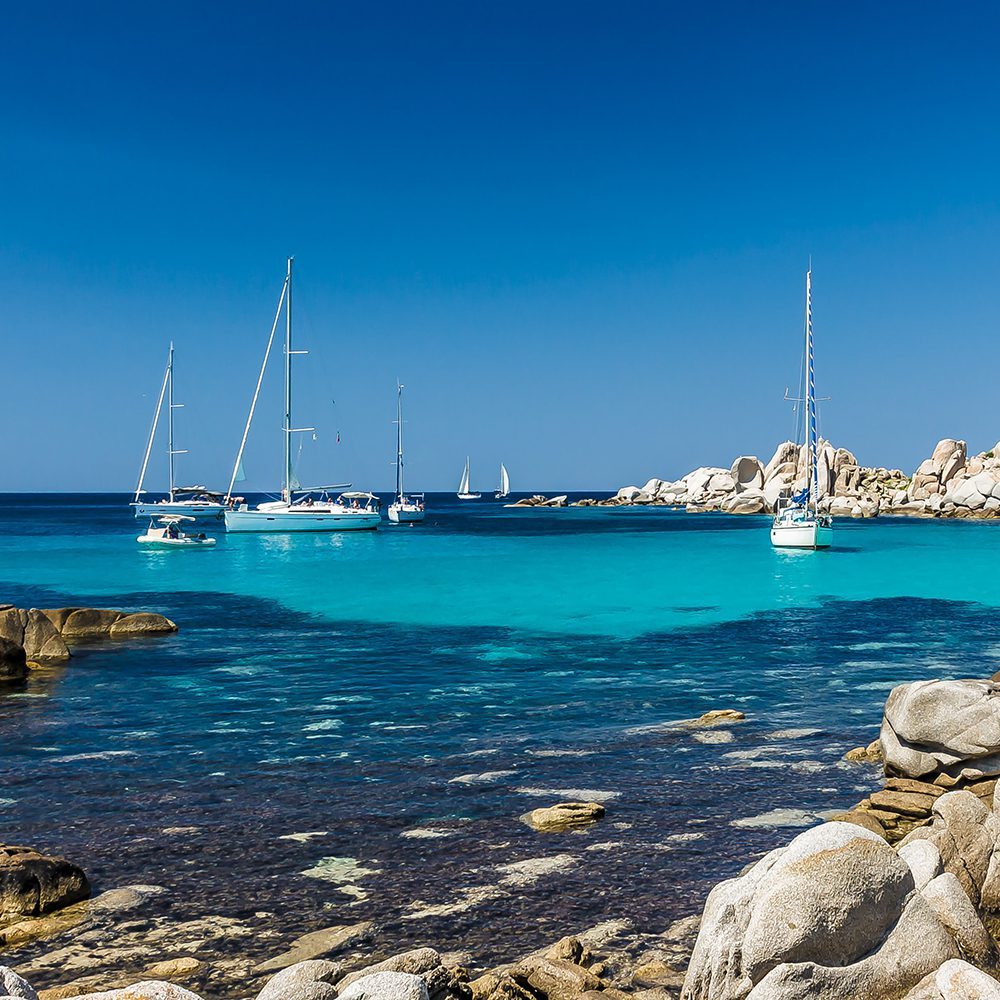
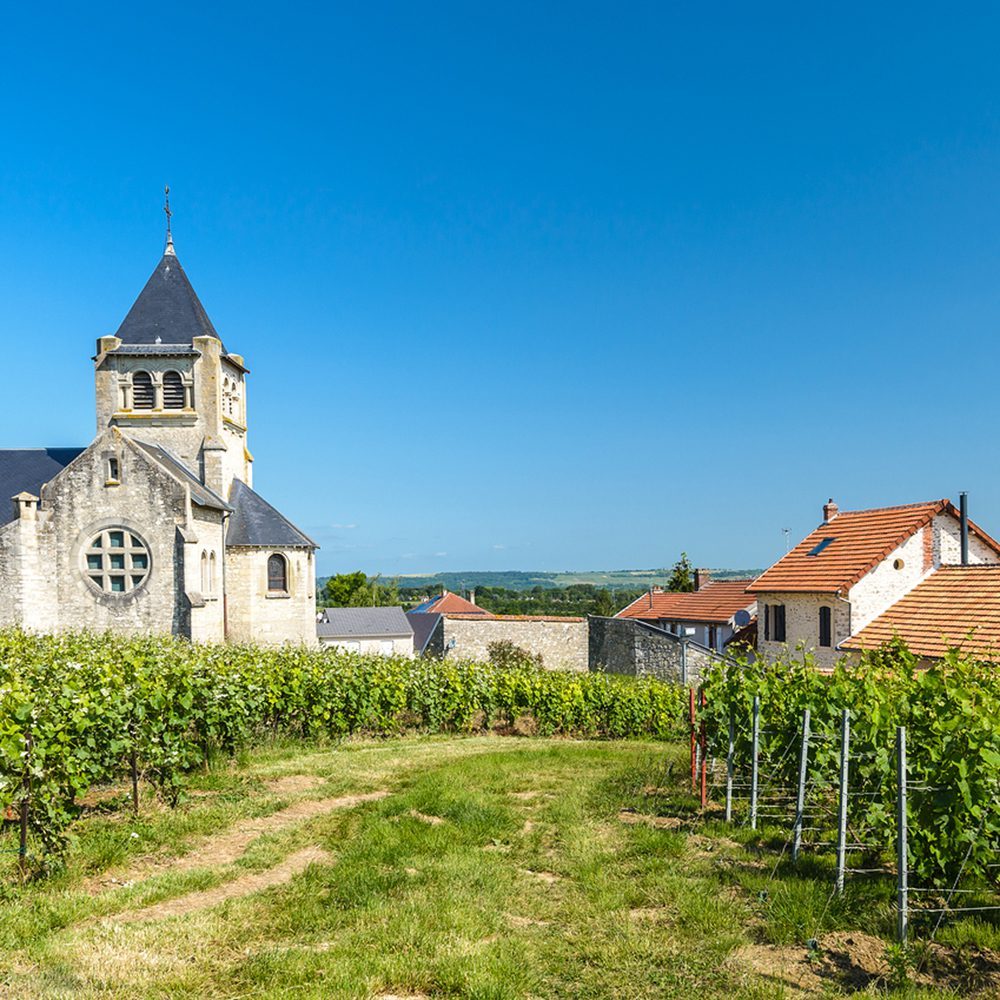
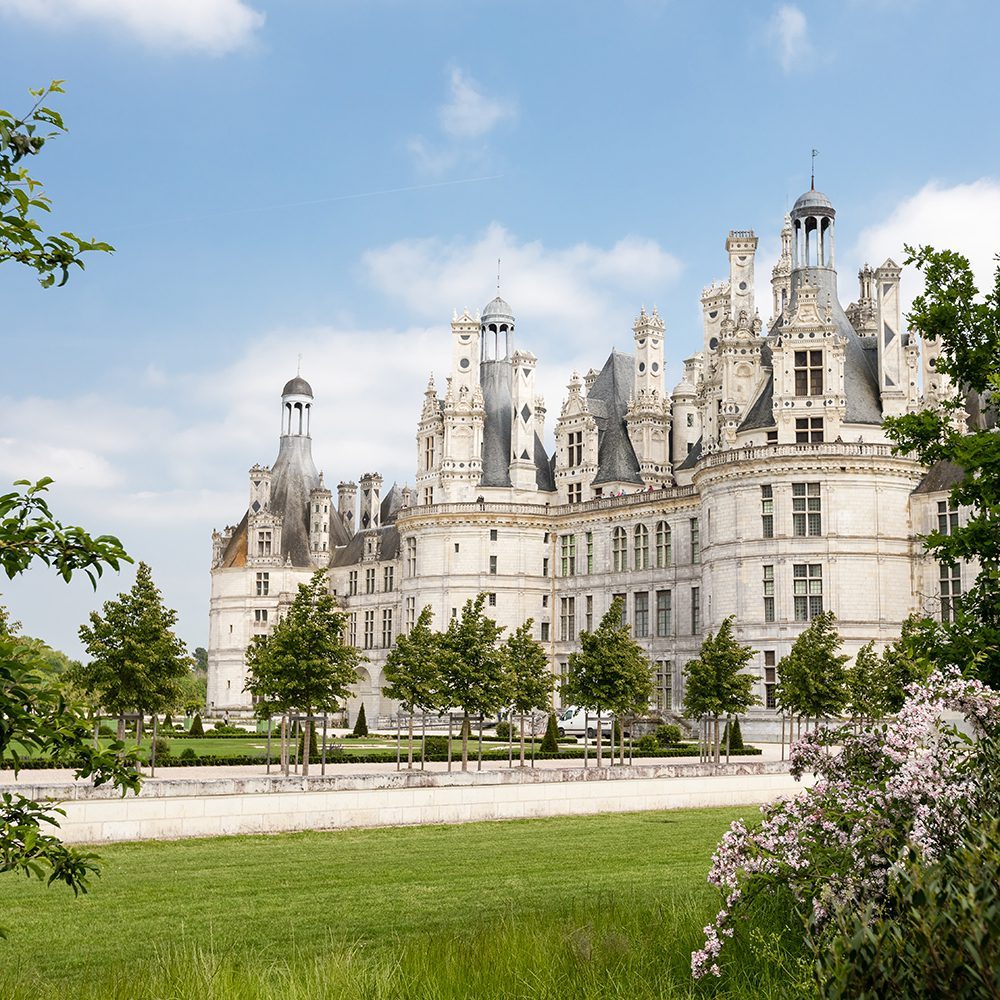
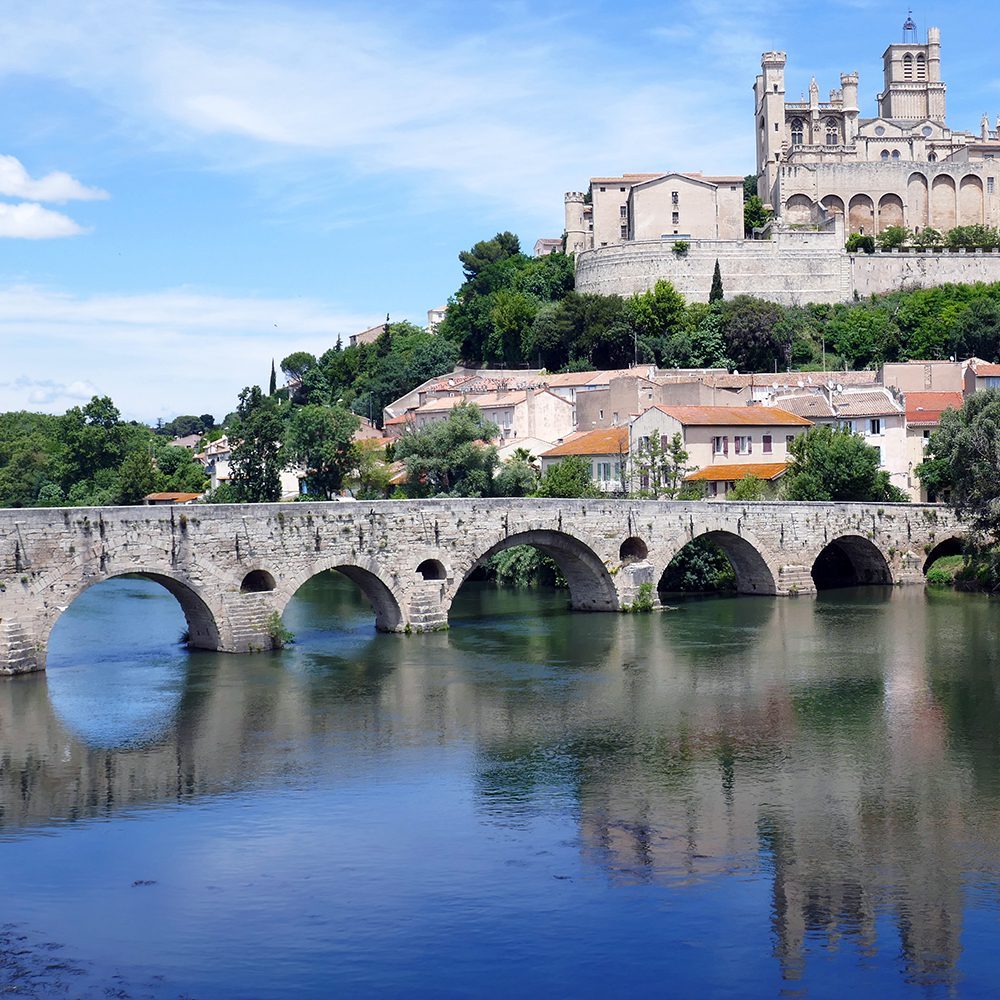
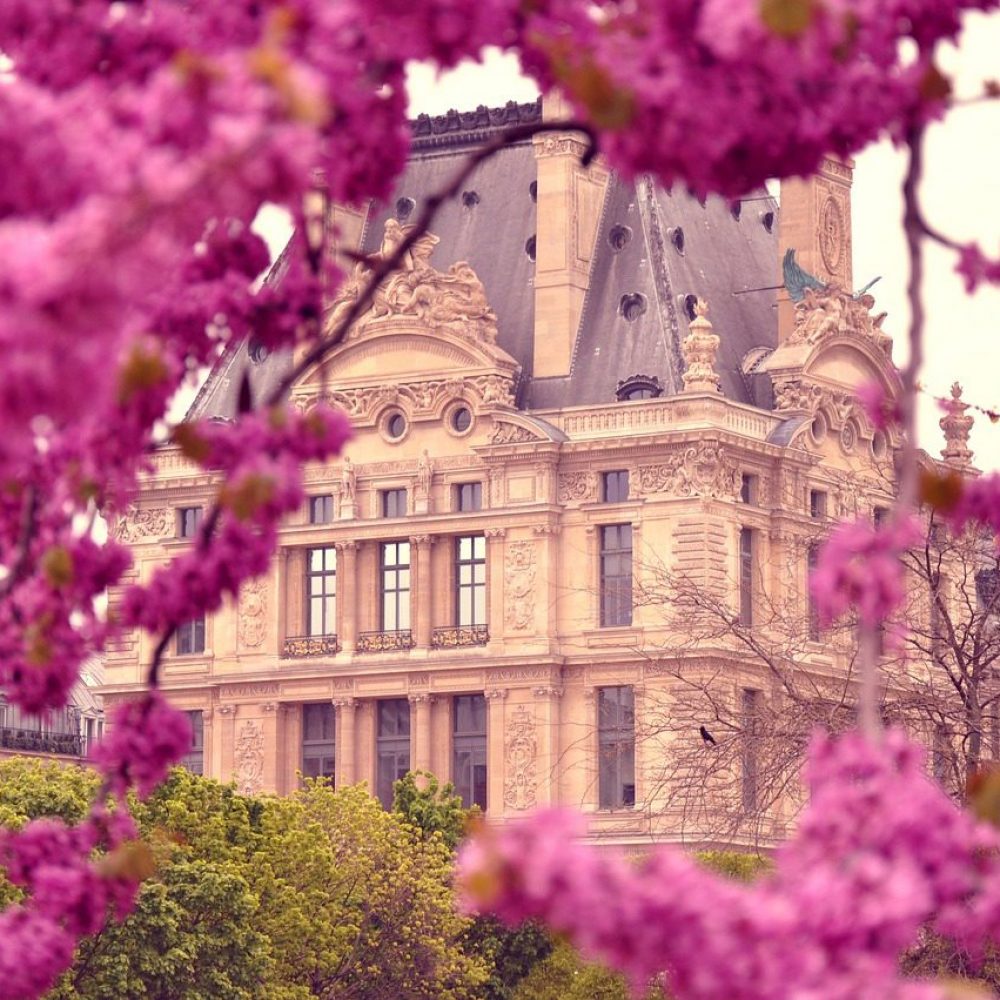
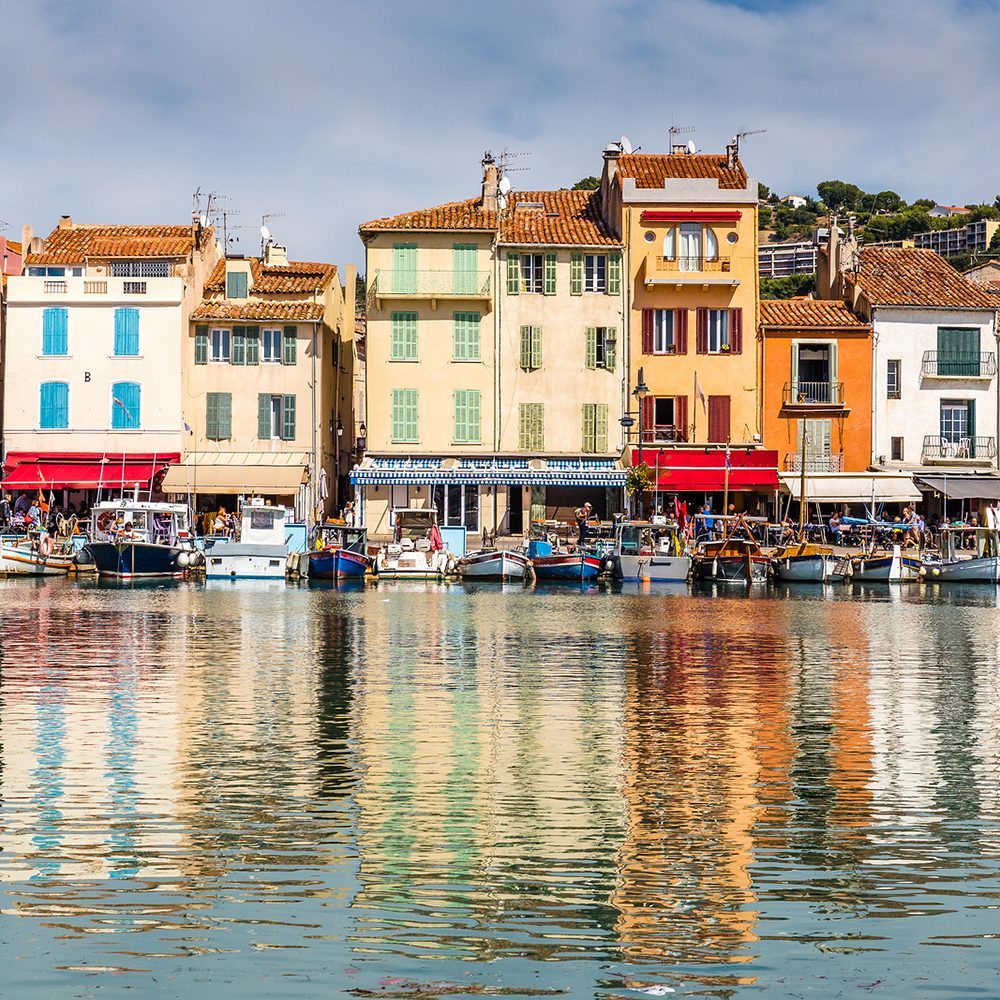
Hello. I want to take the bus from Fiumicino to Ascoli Piceno in December. Do you know where to catch the bus?
Thank you! Also, do you have a favorite “everyday” restaurant in AP?